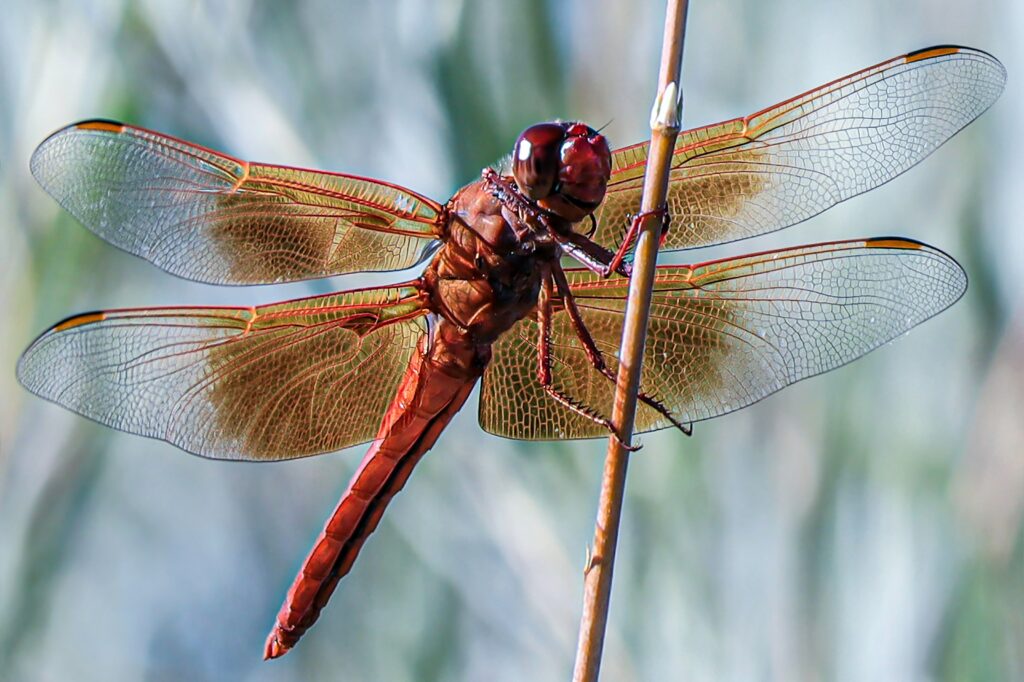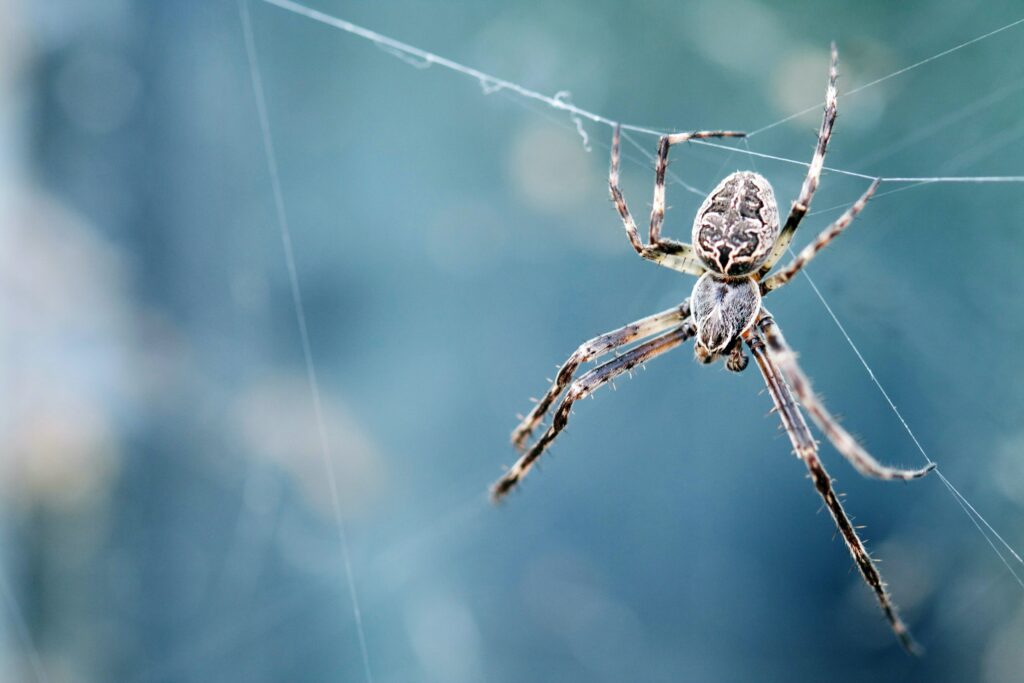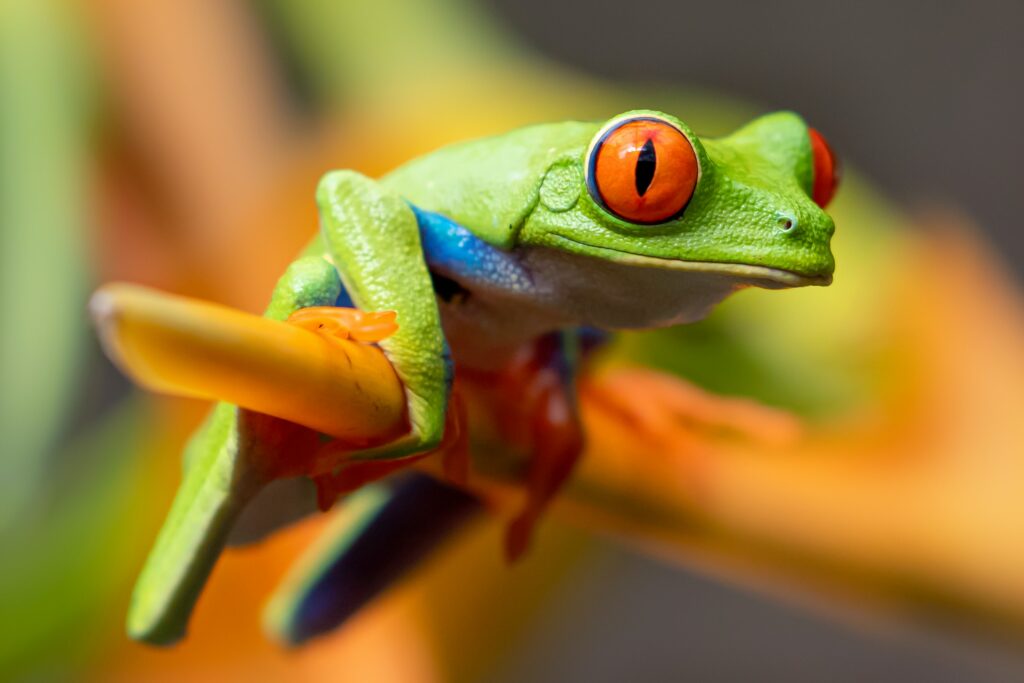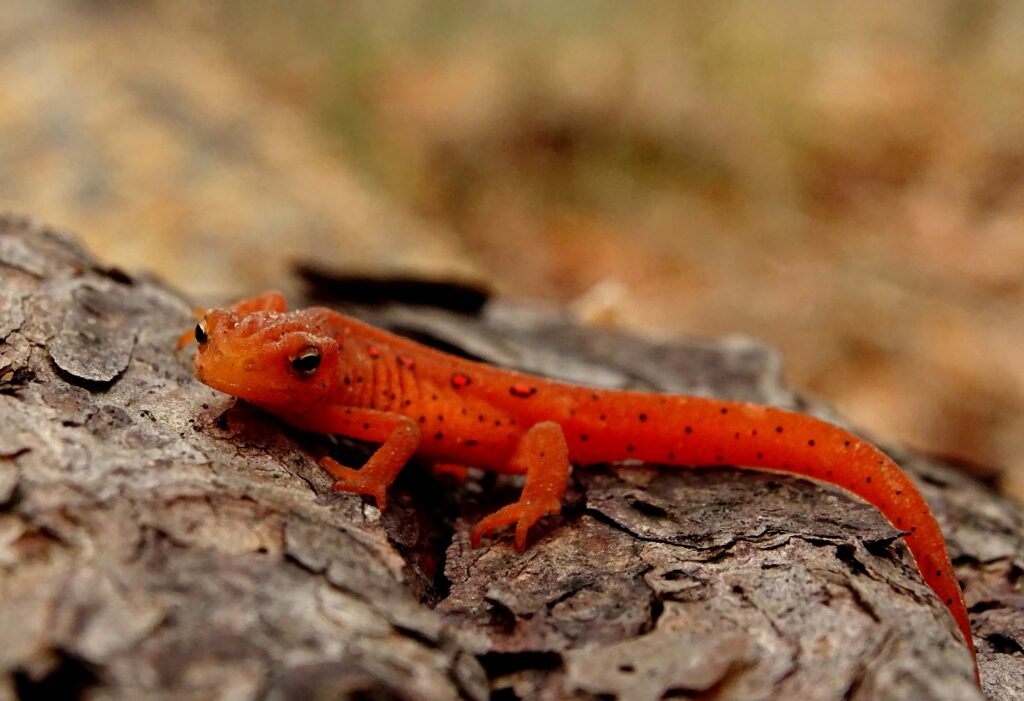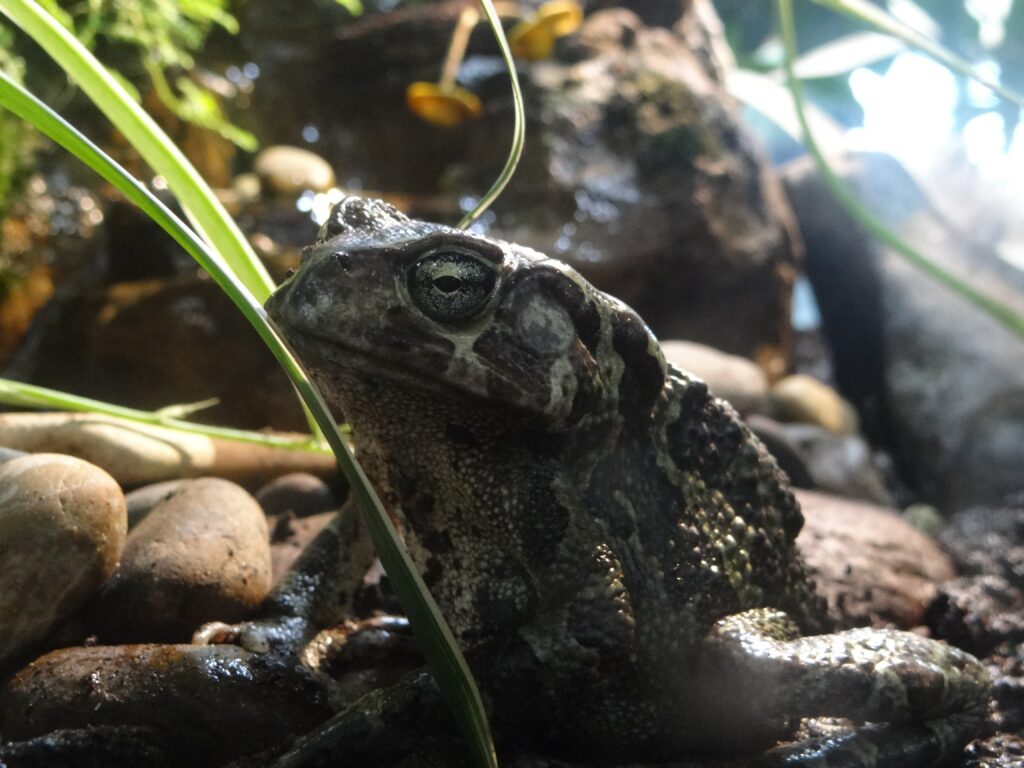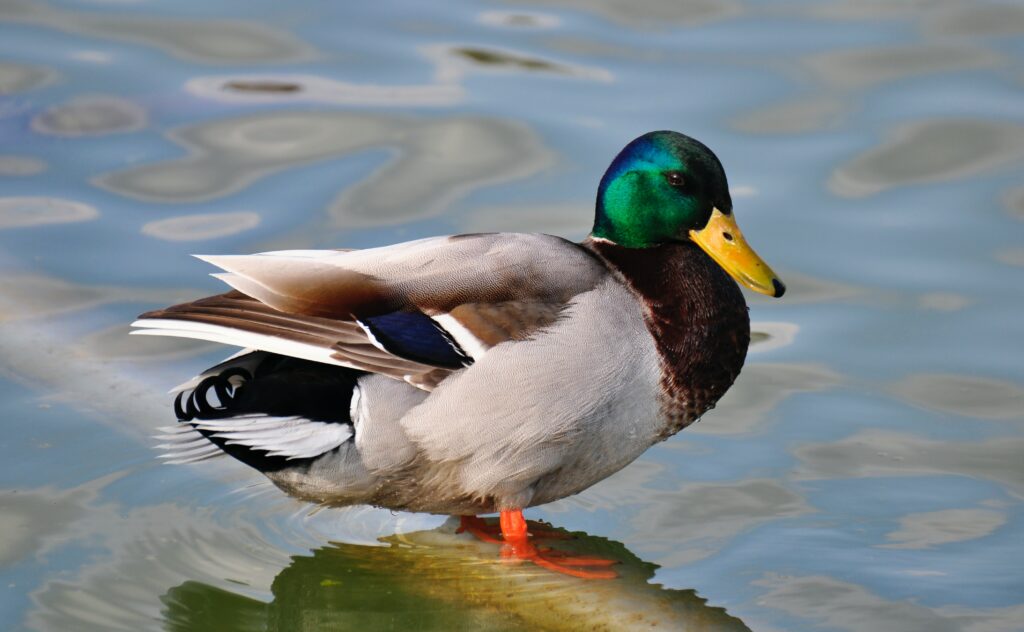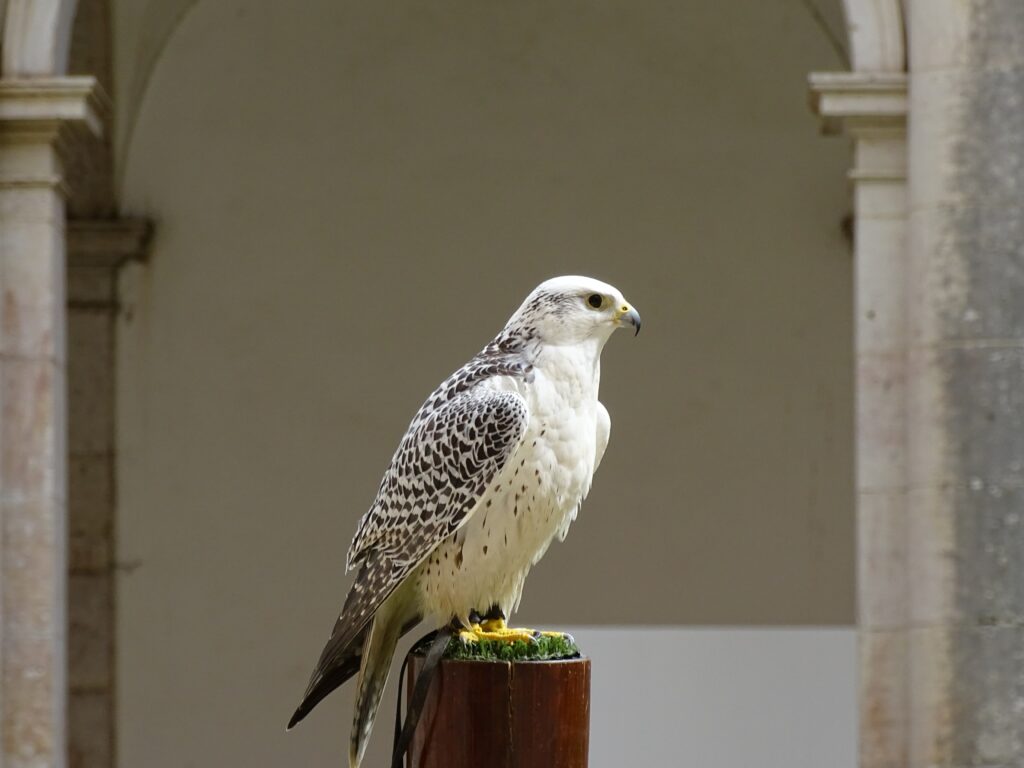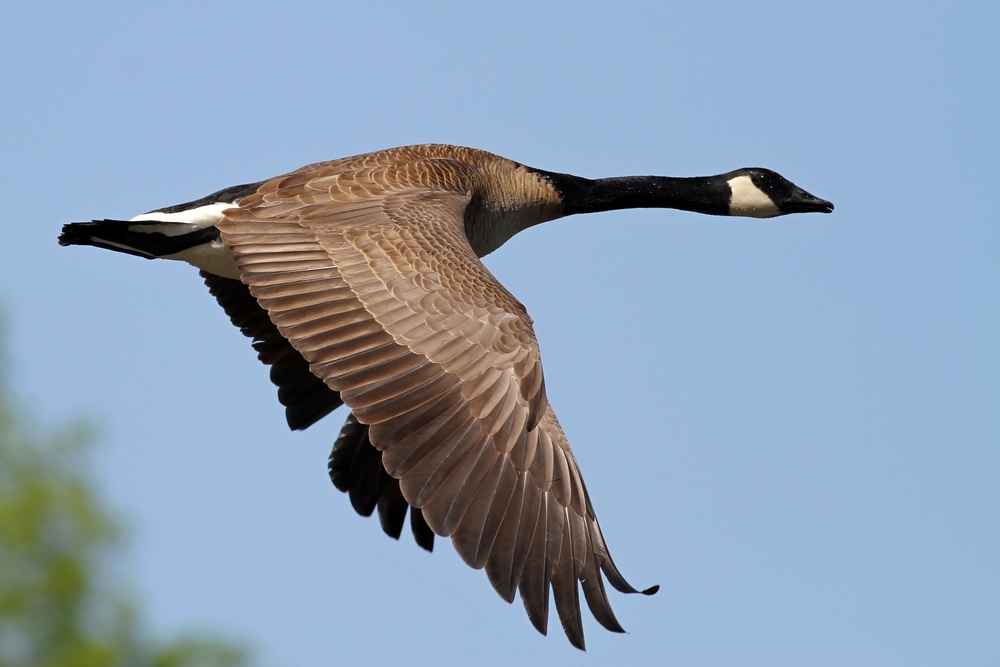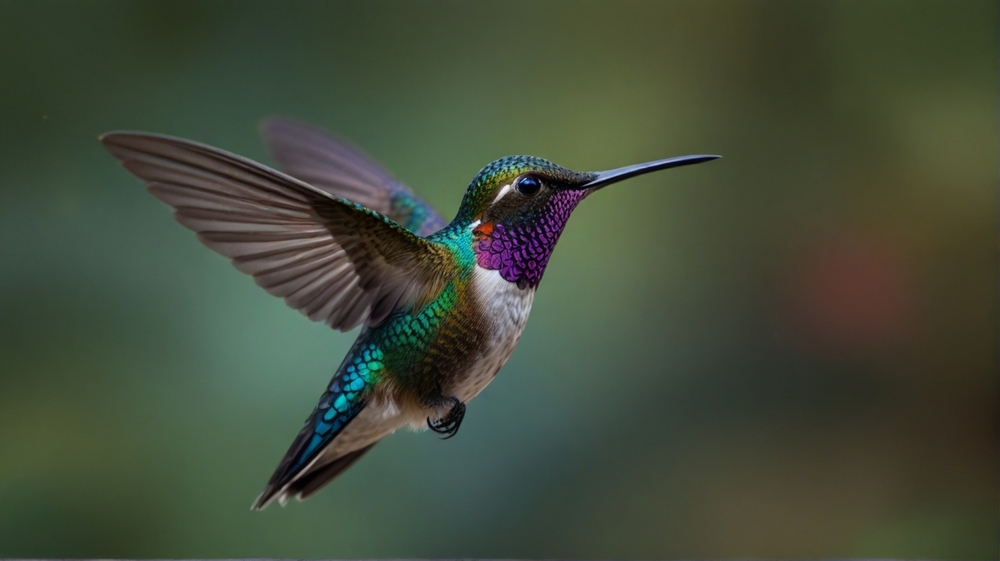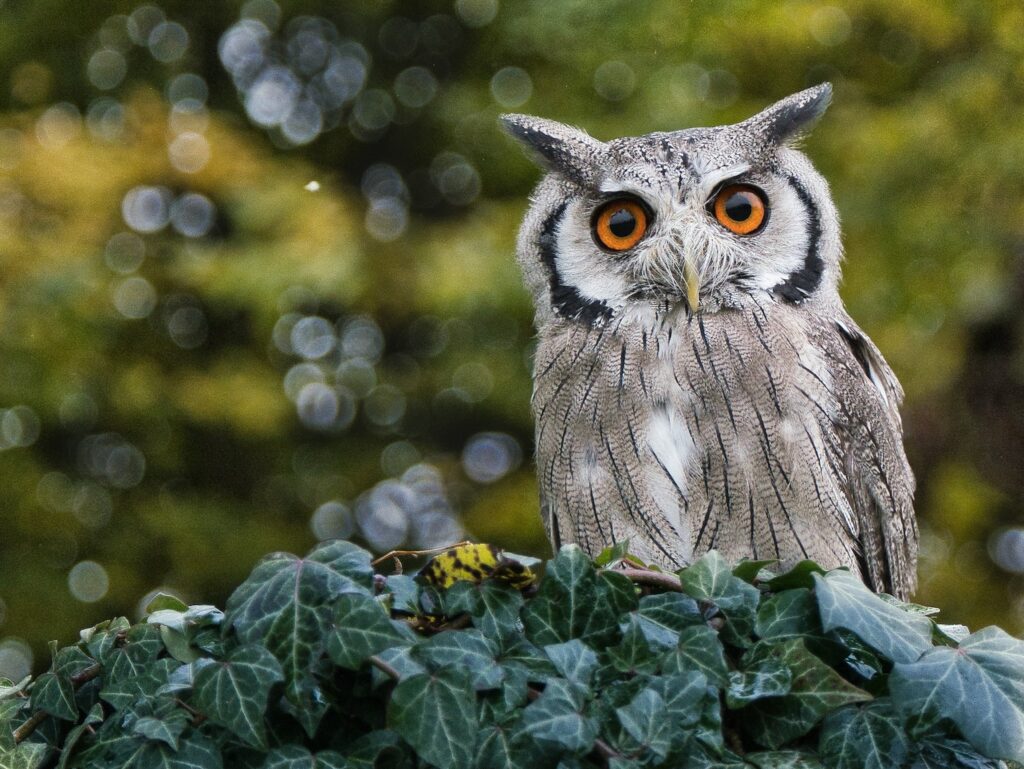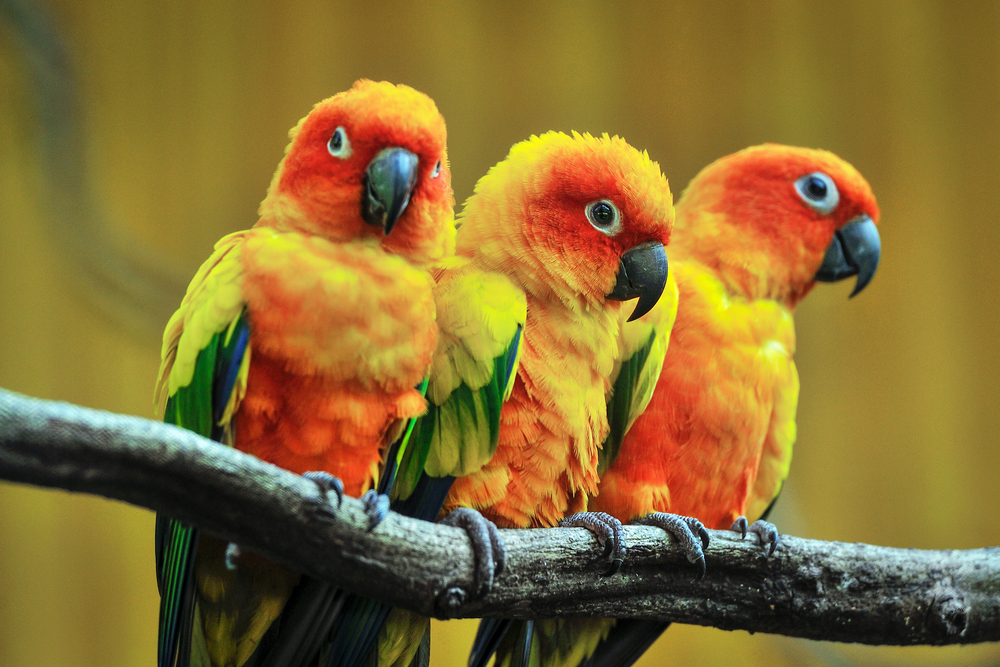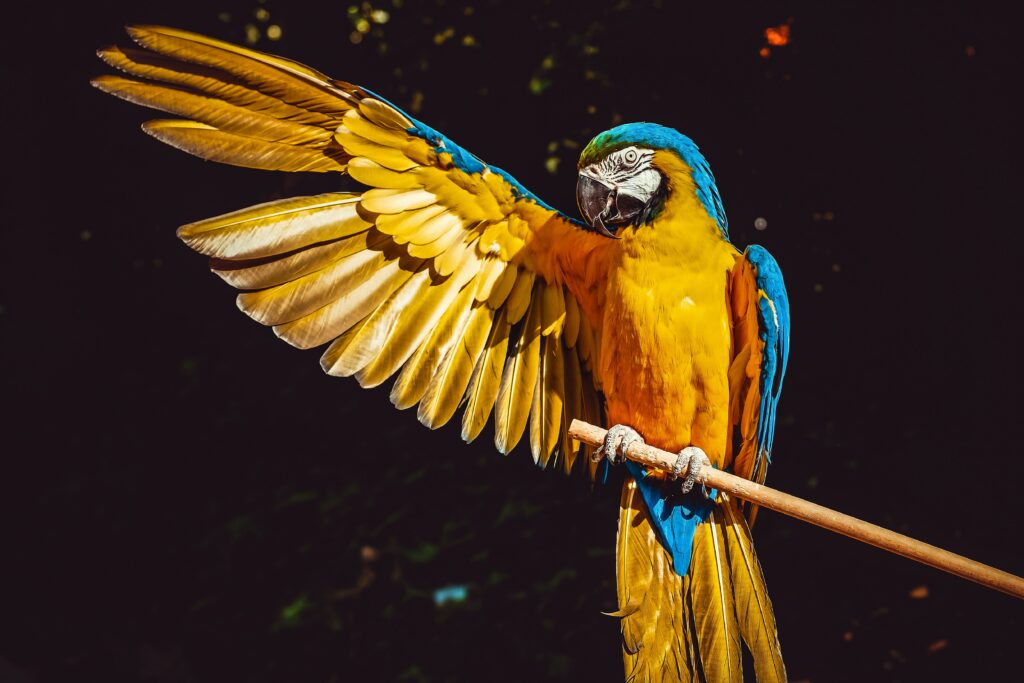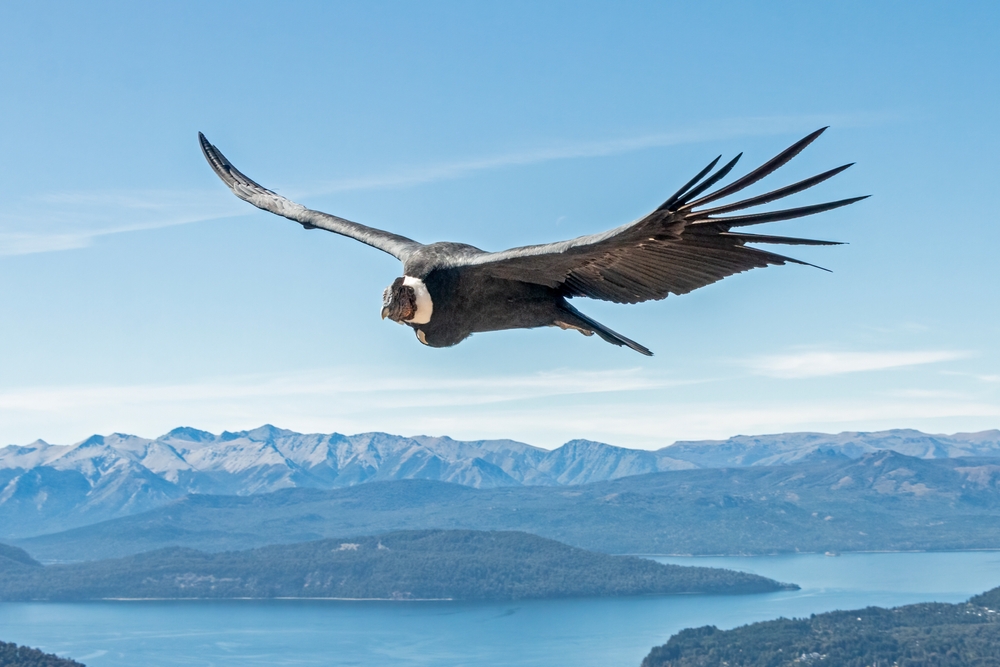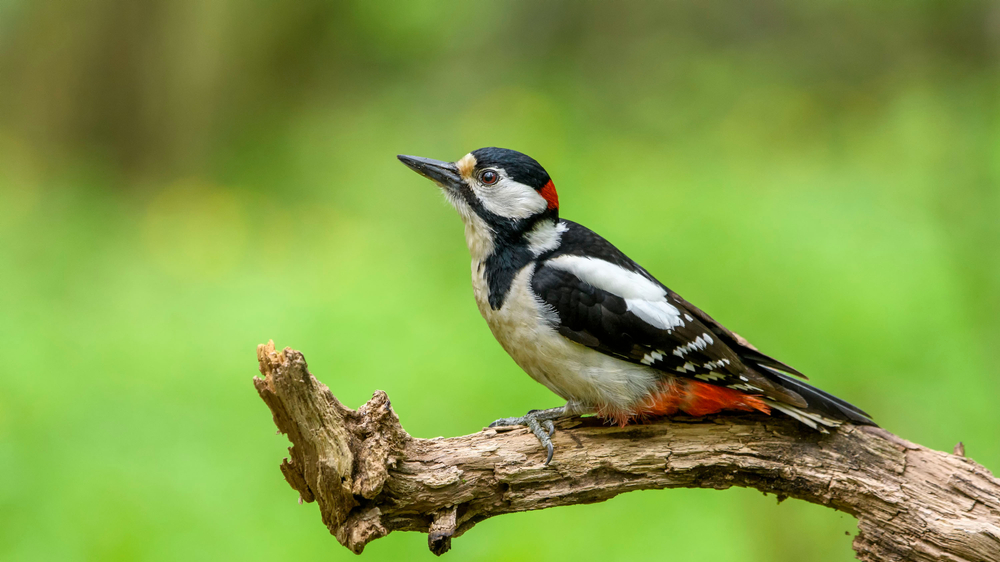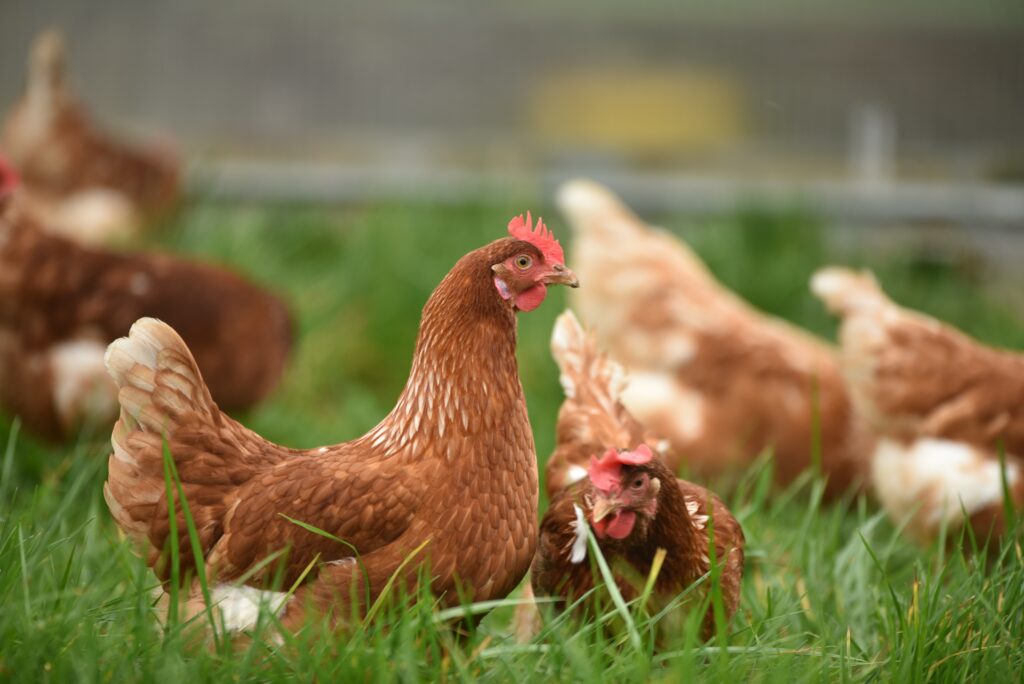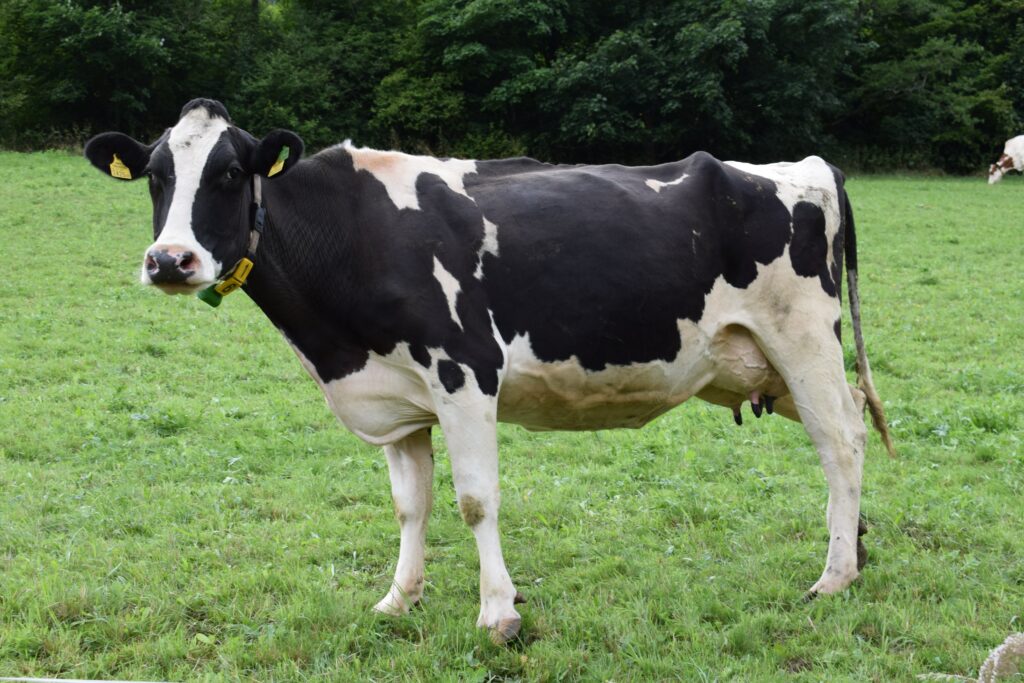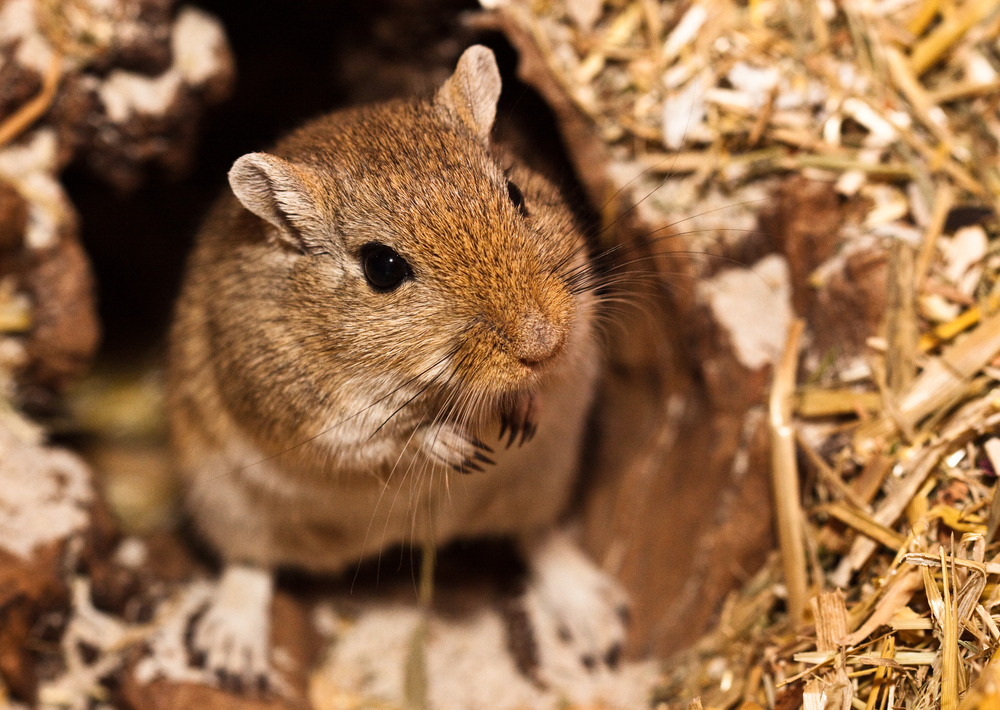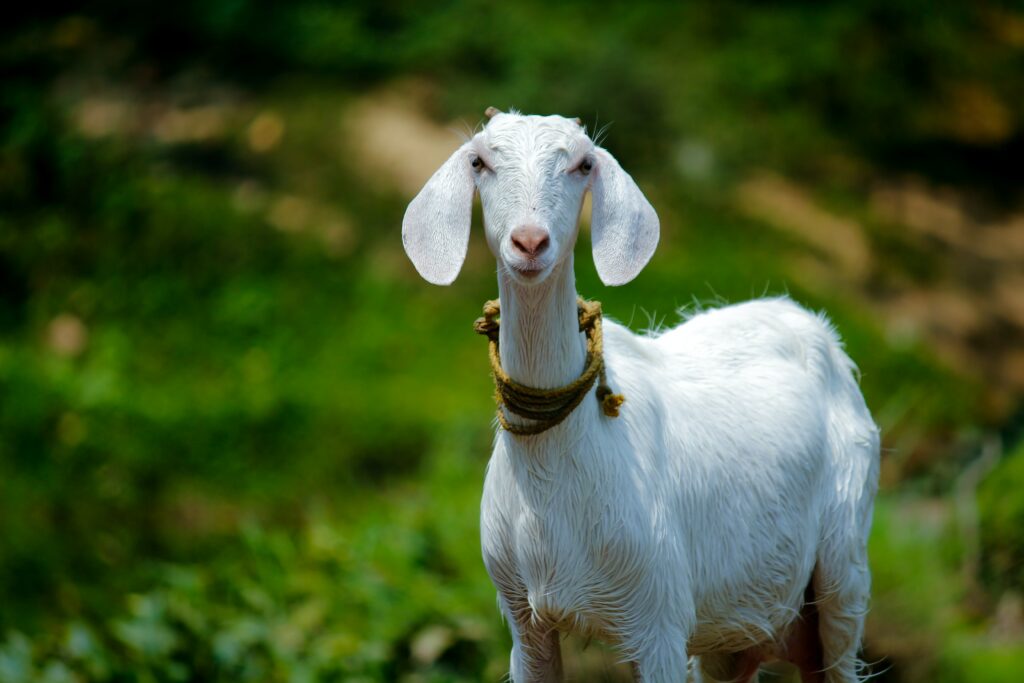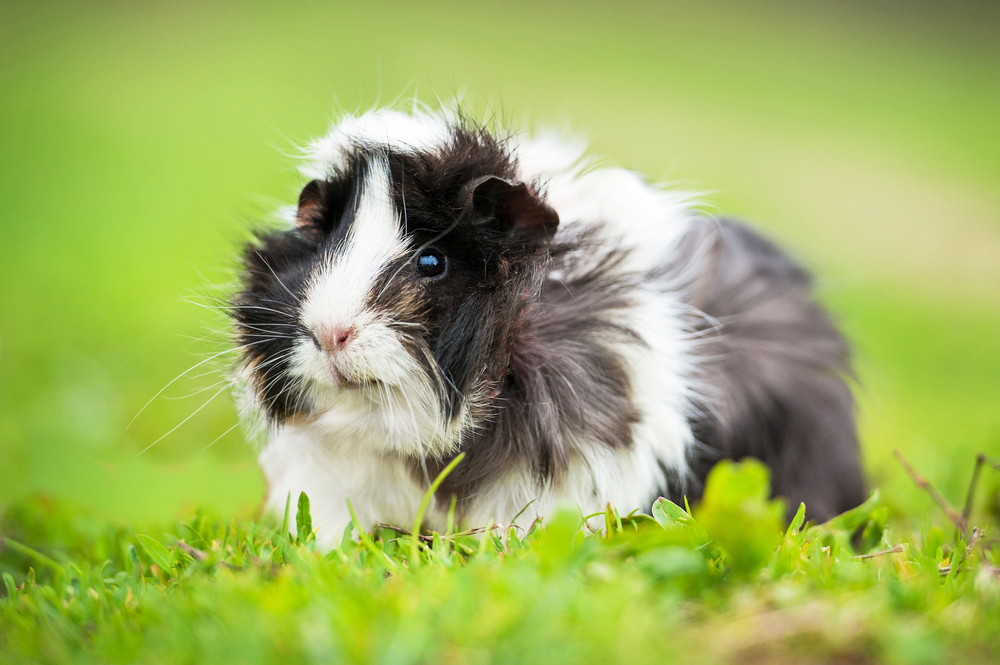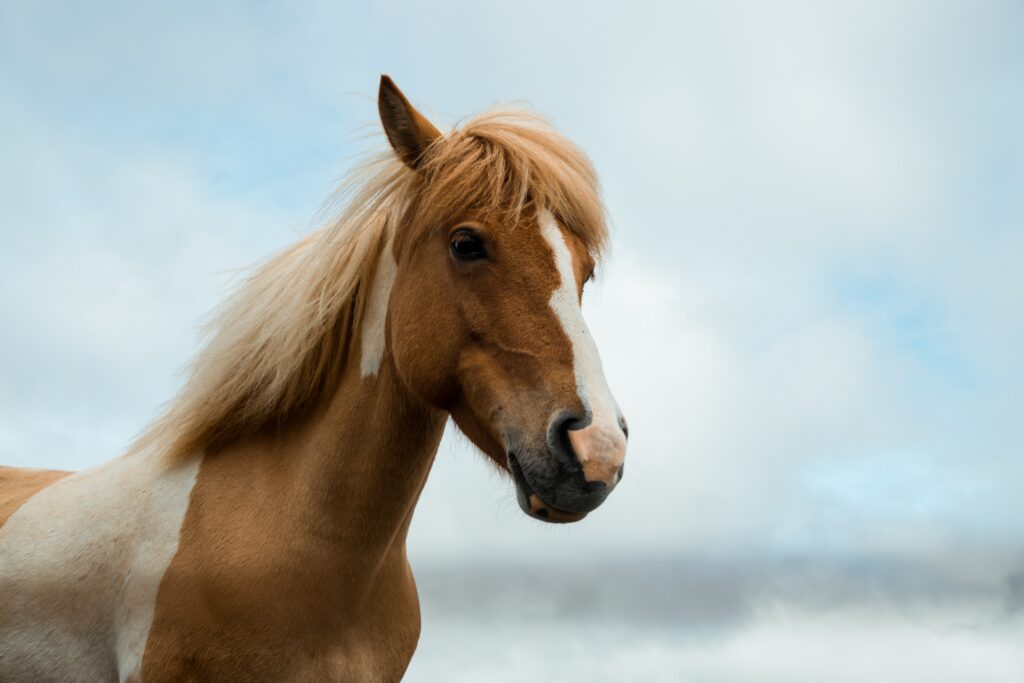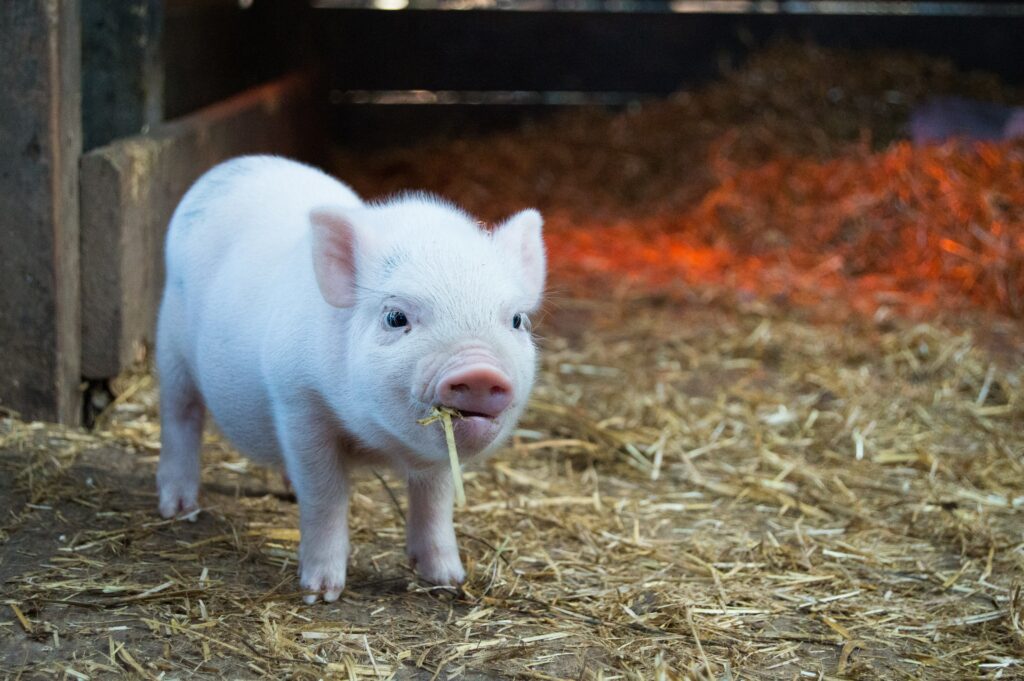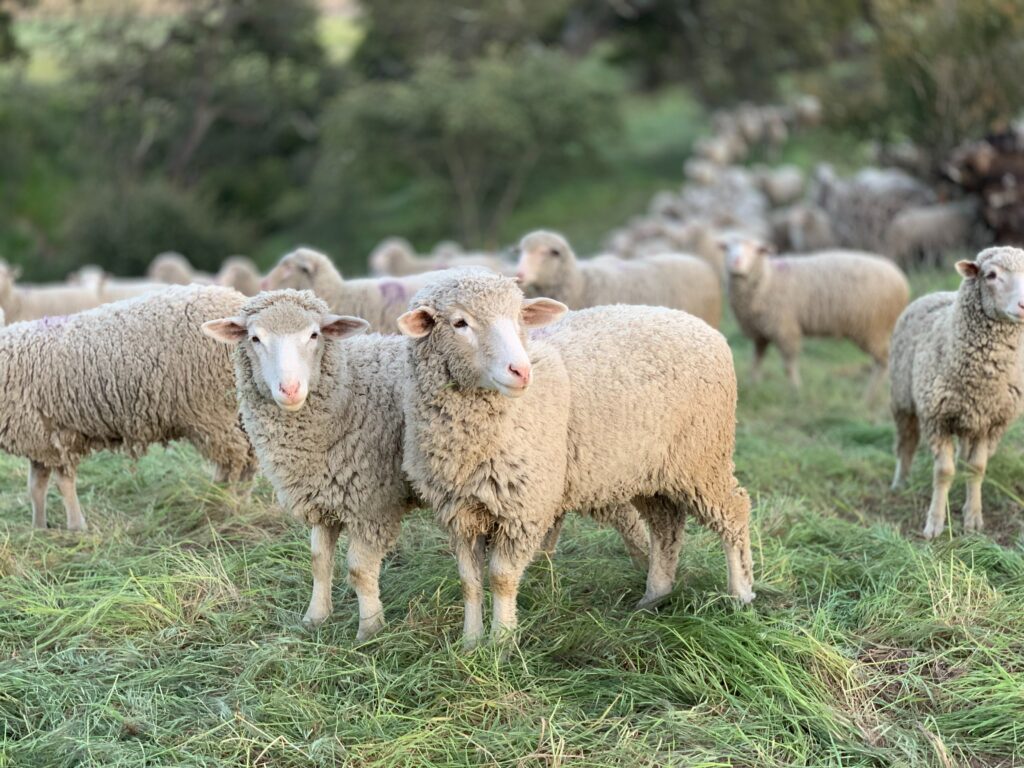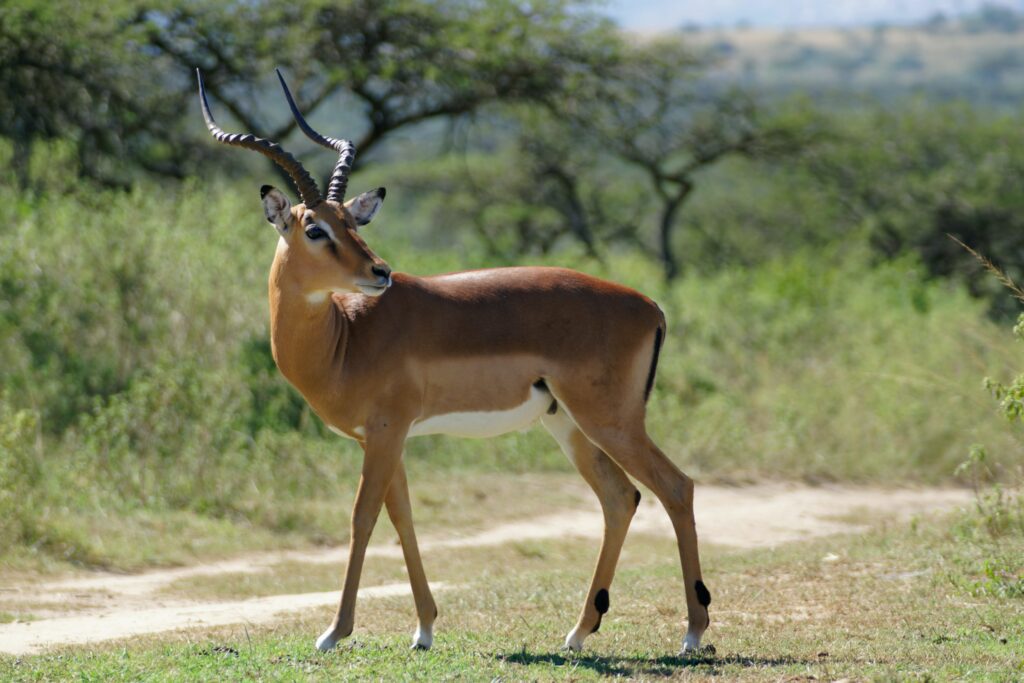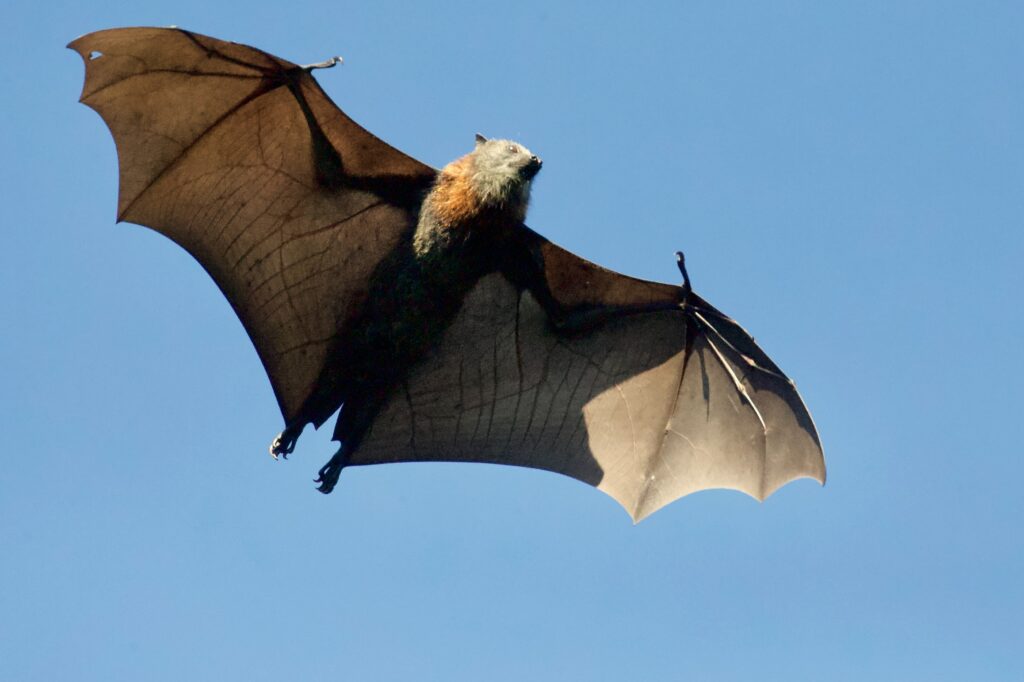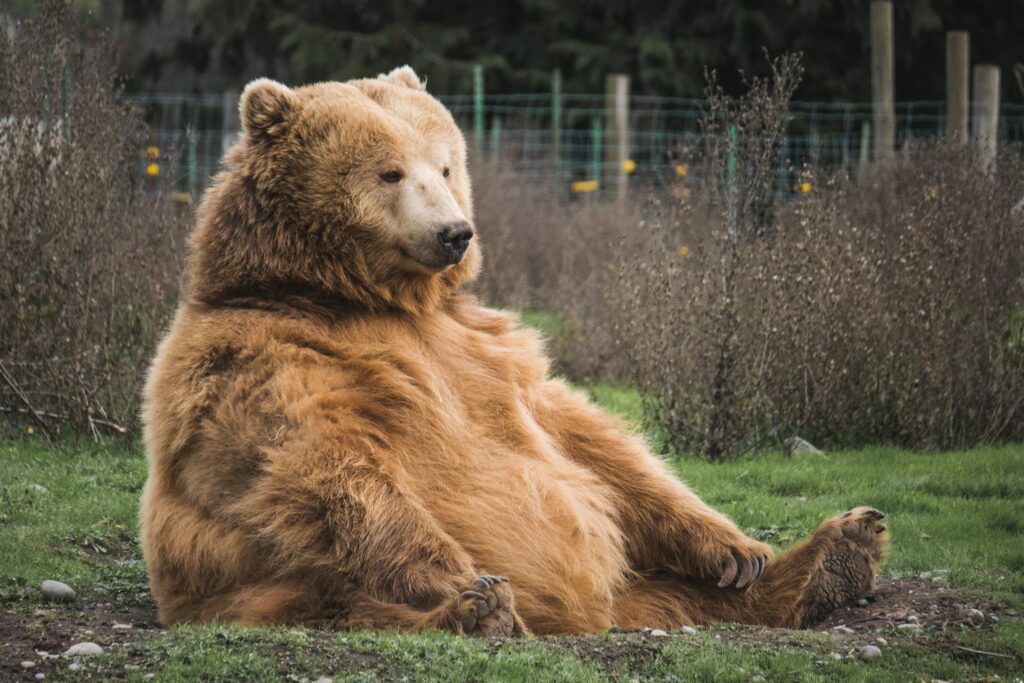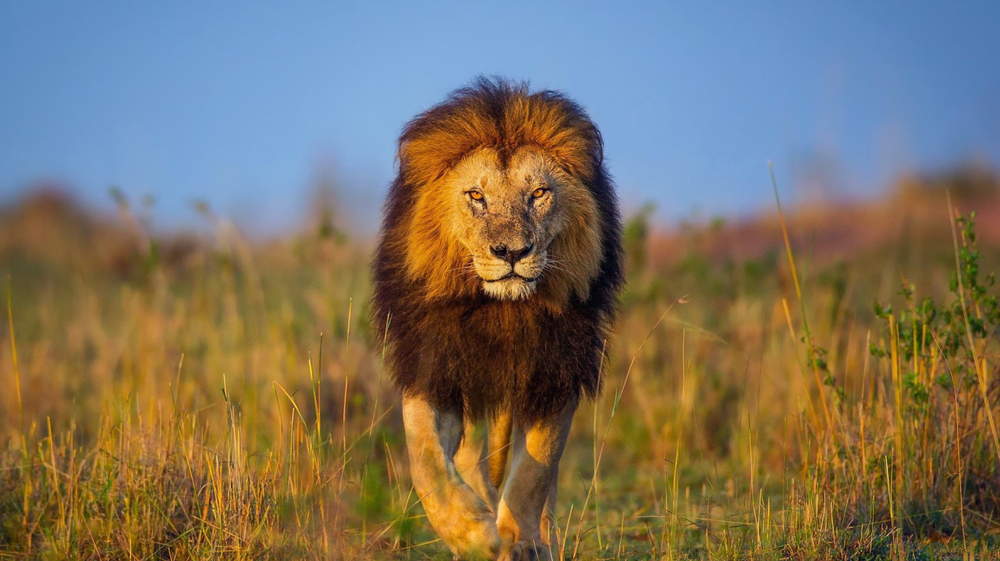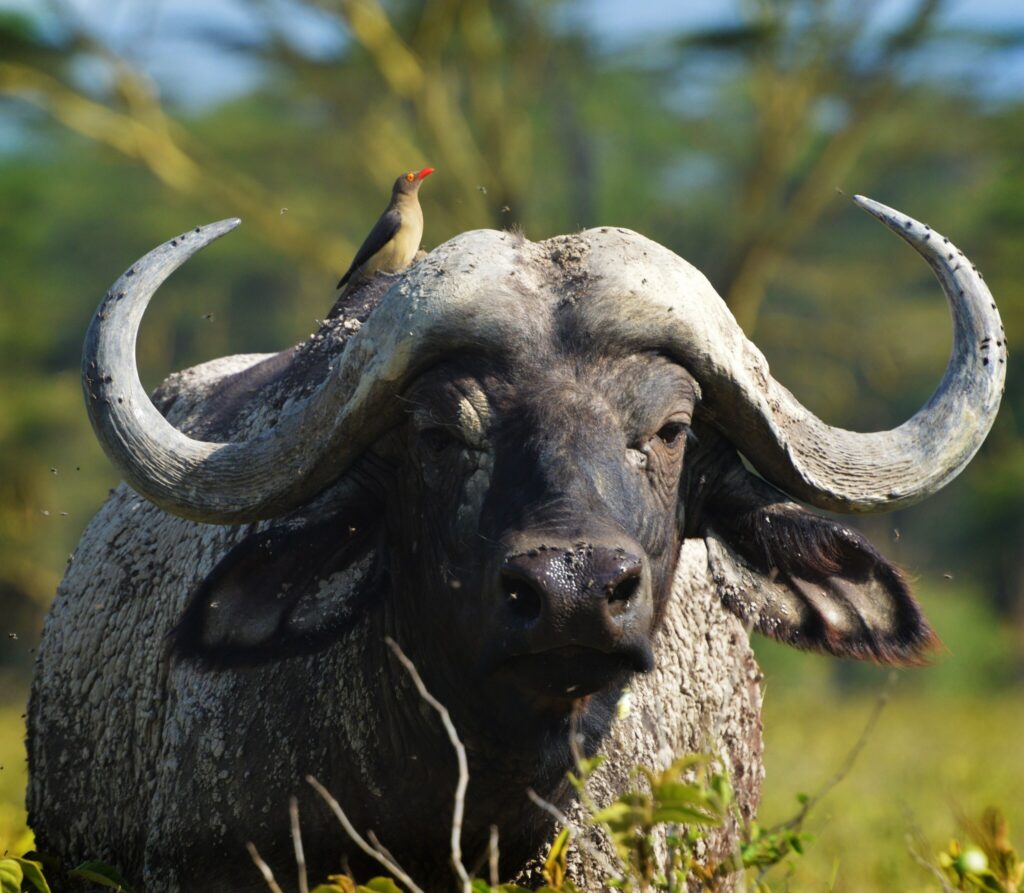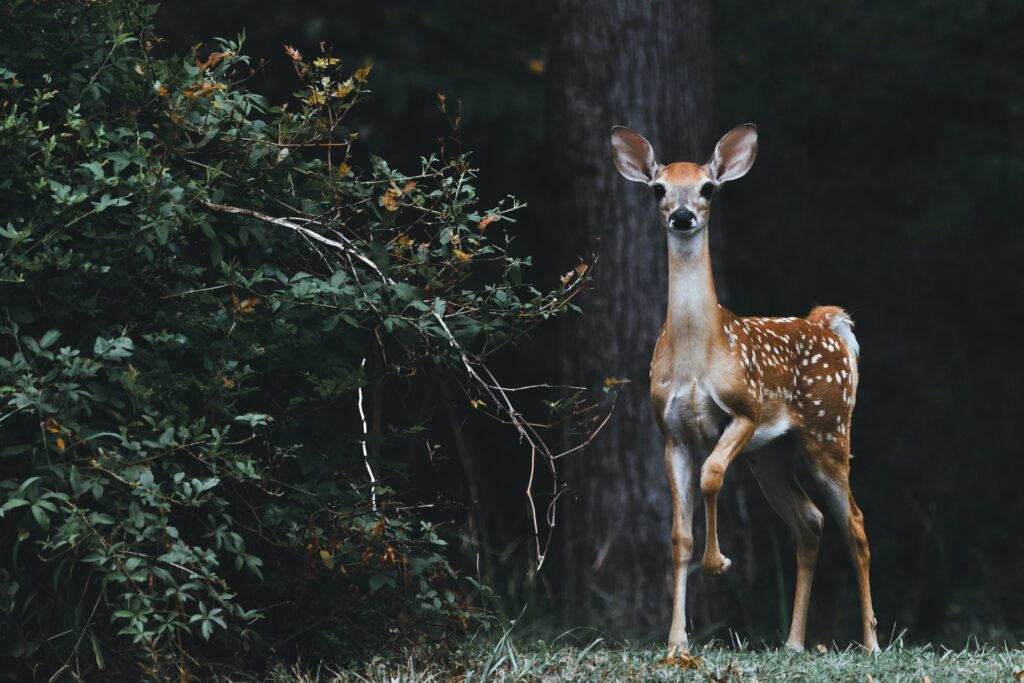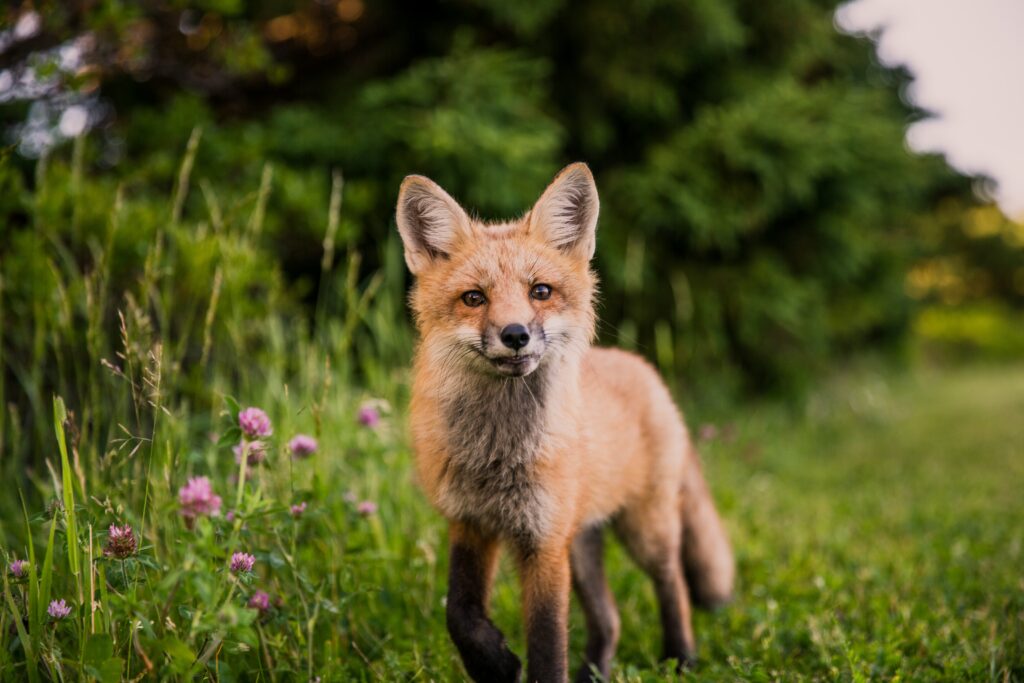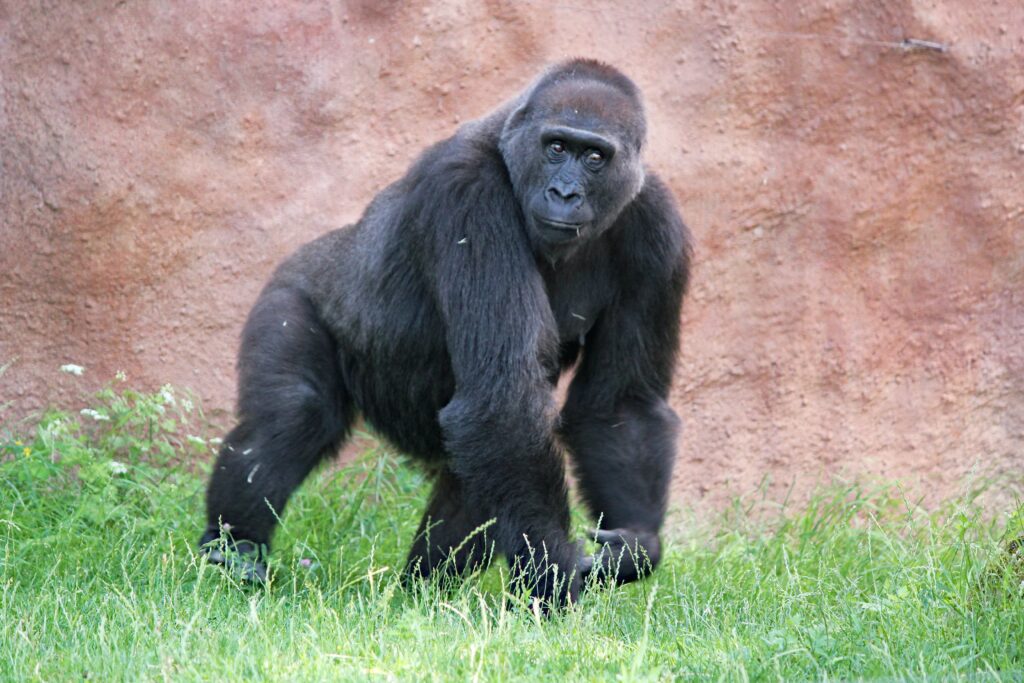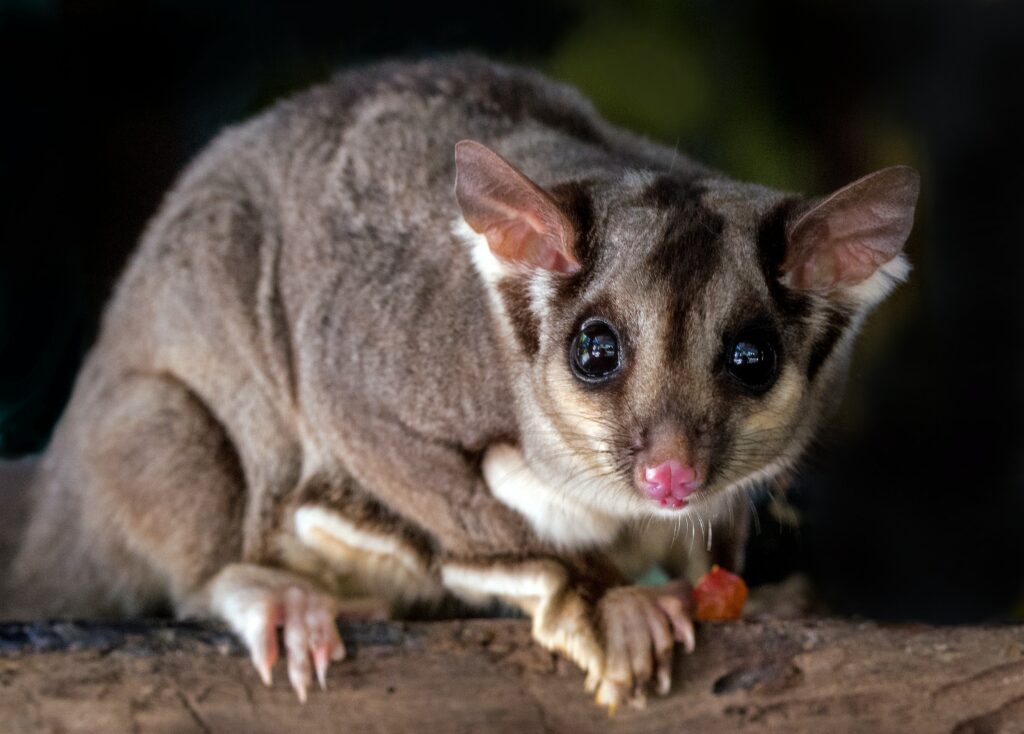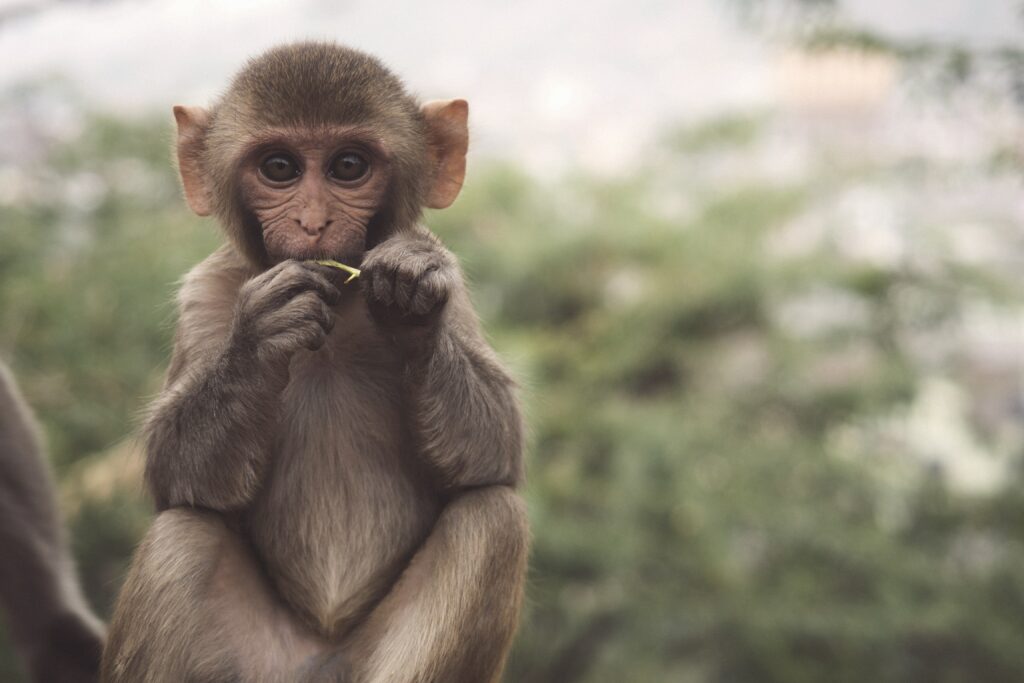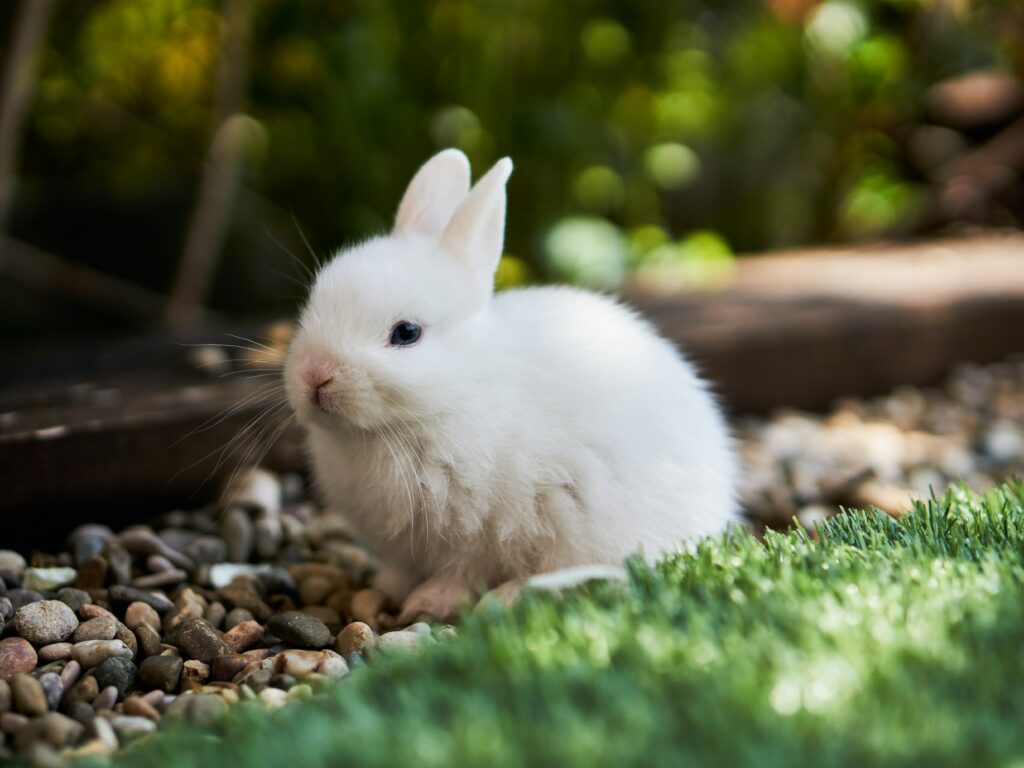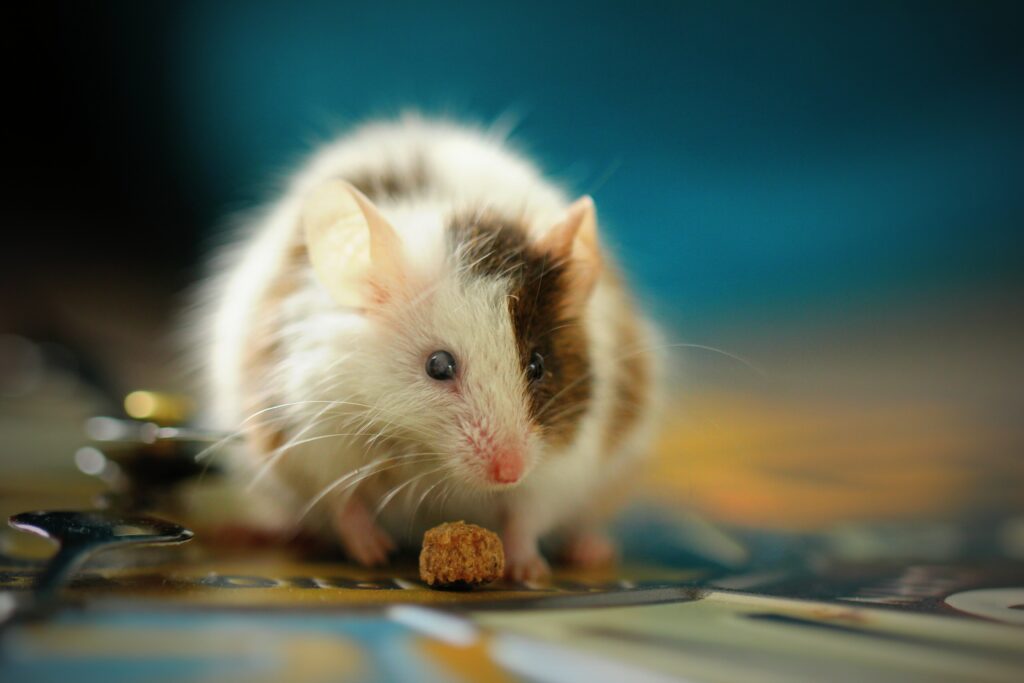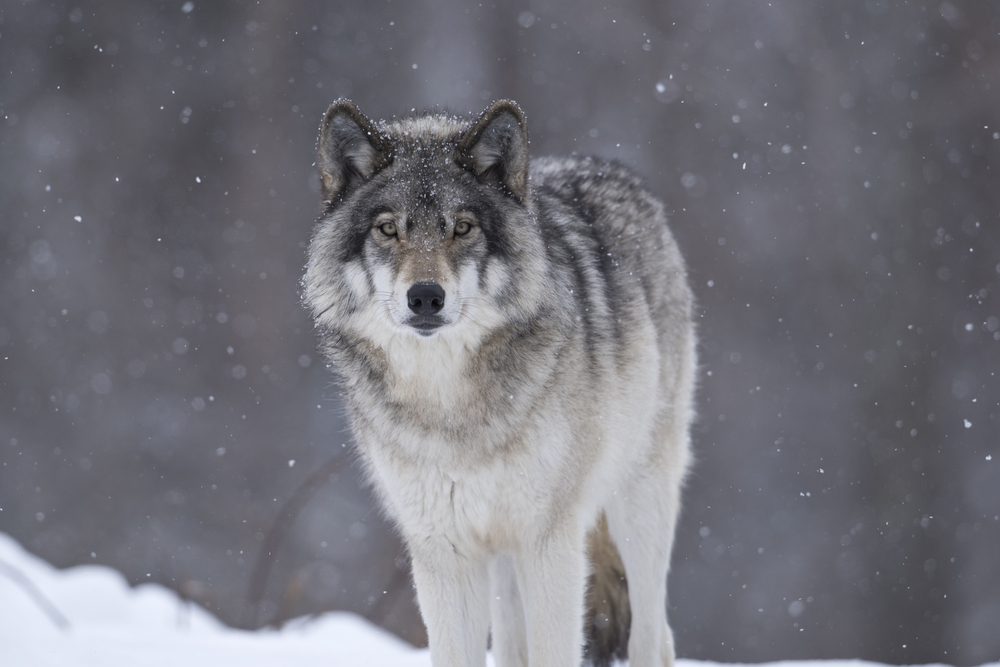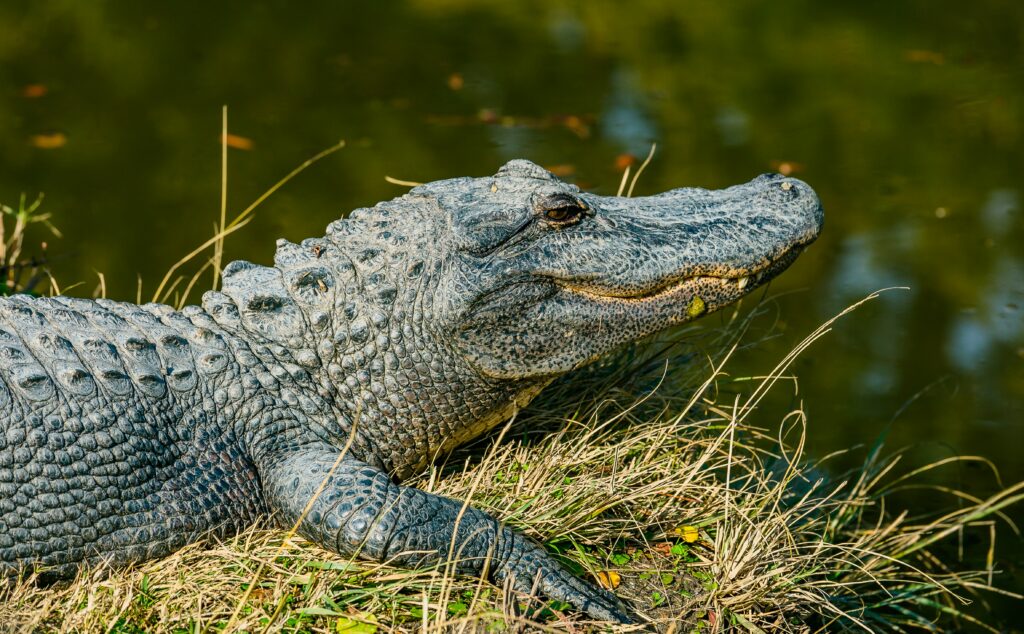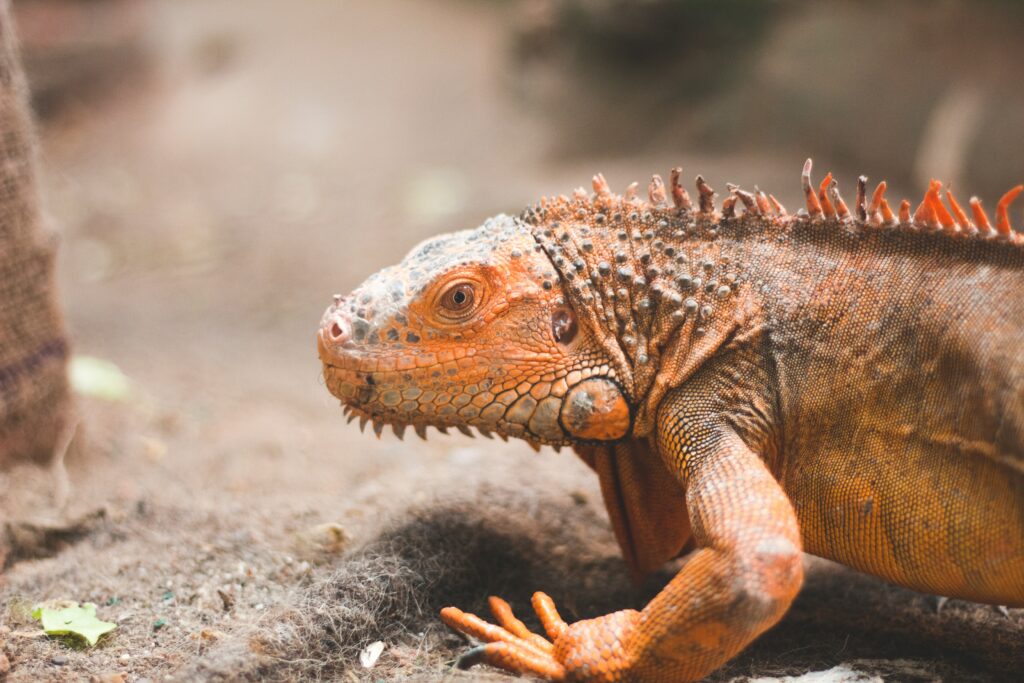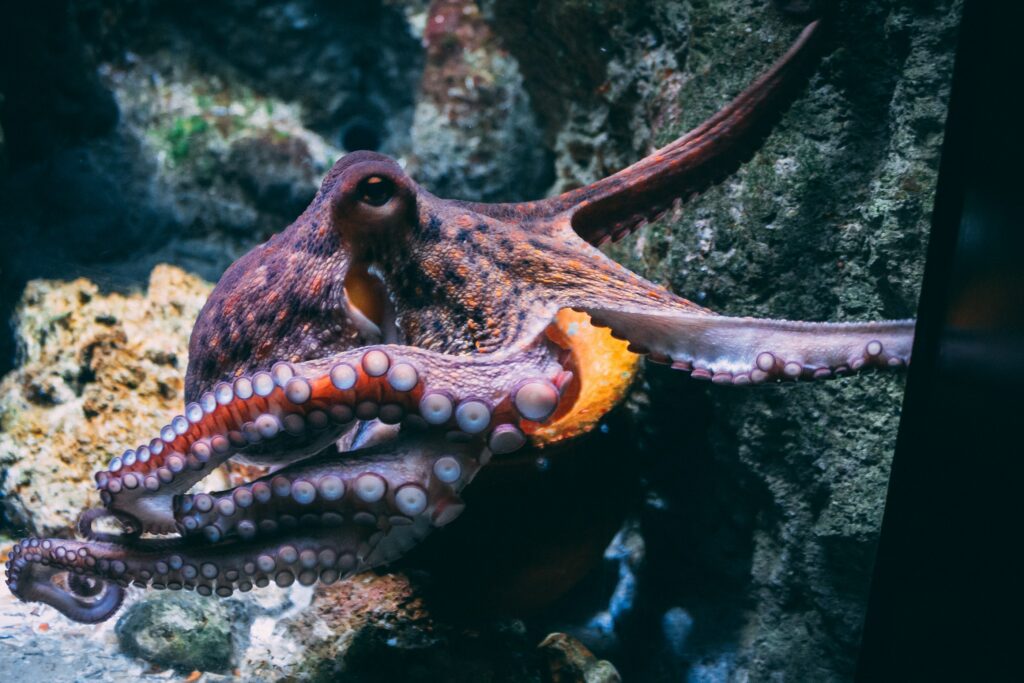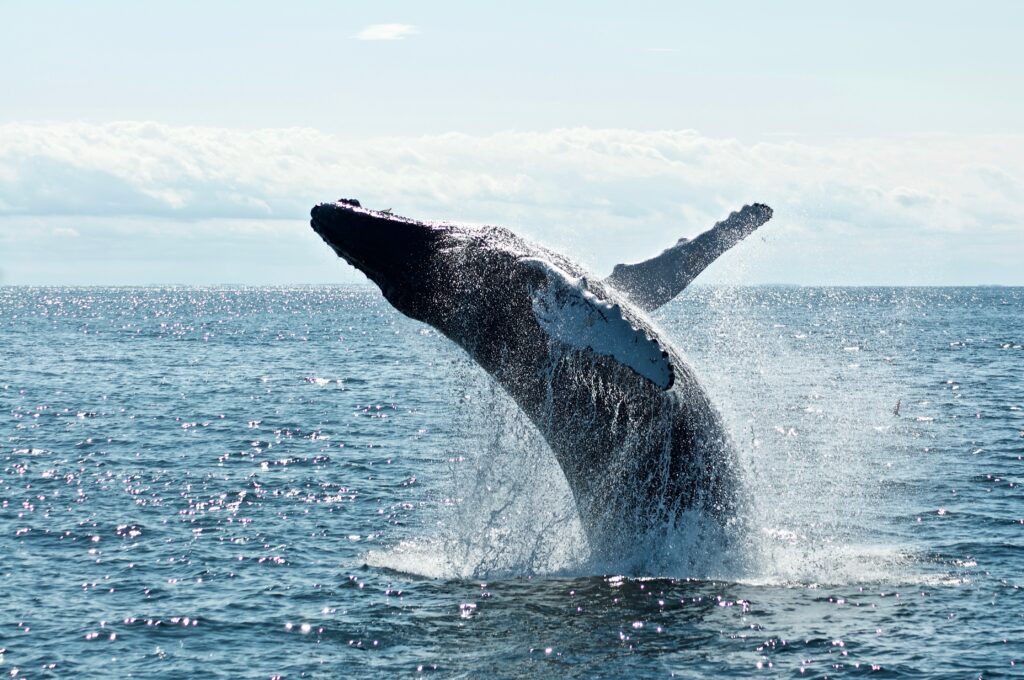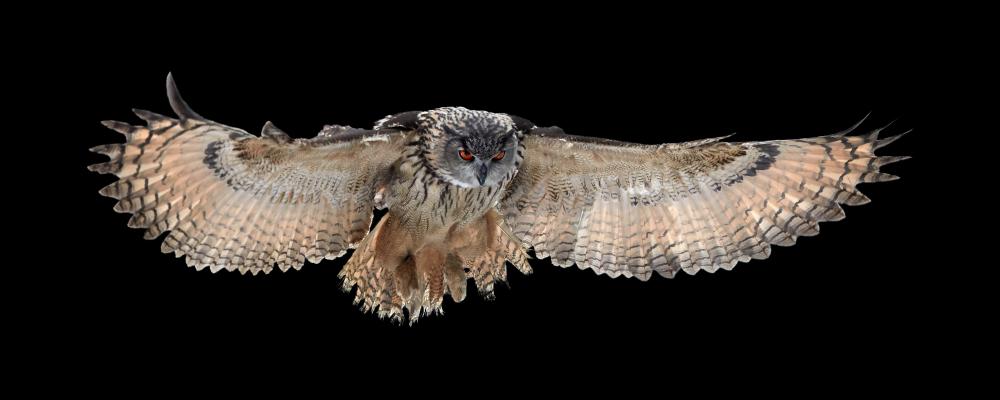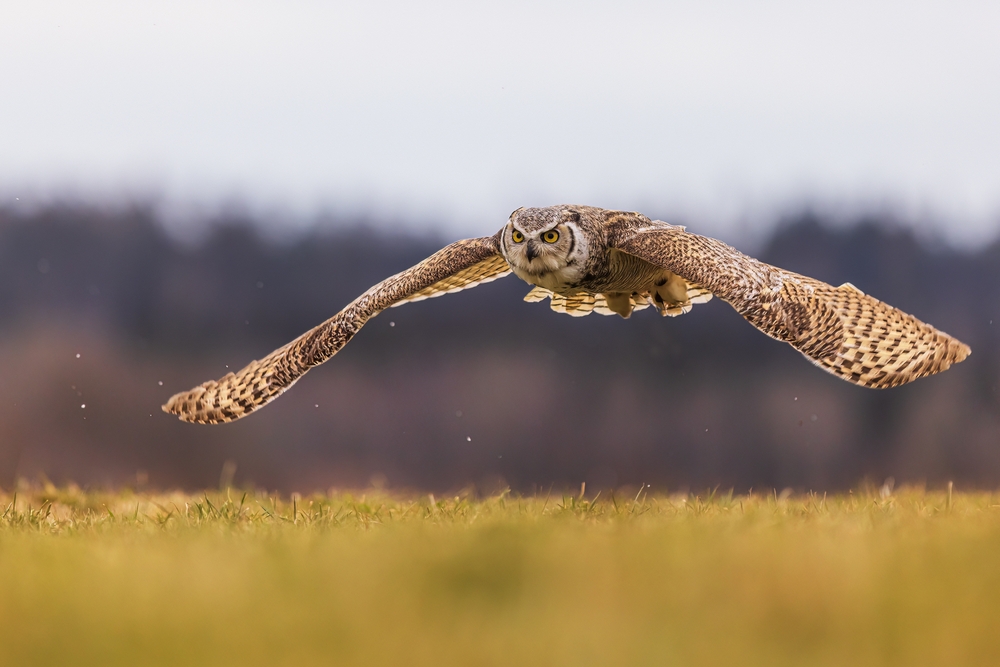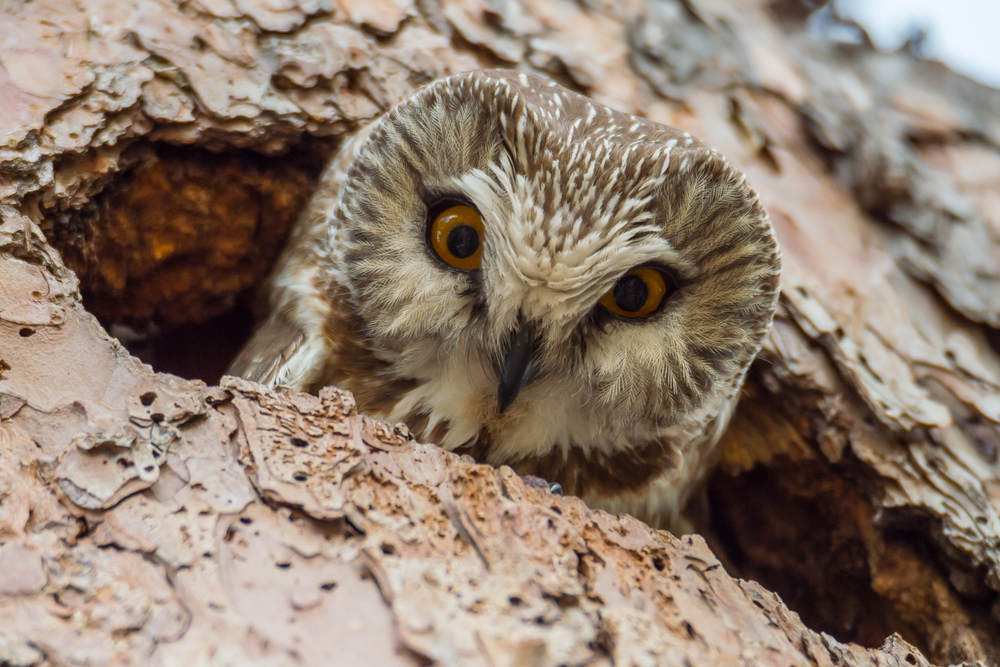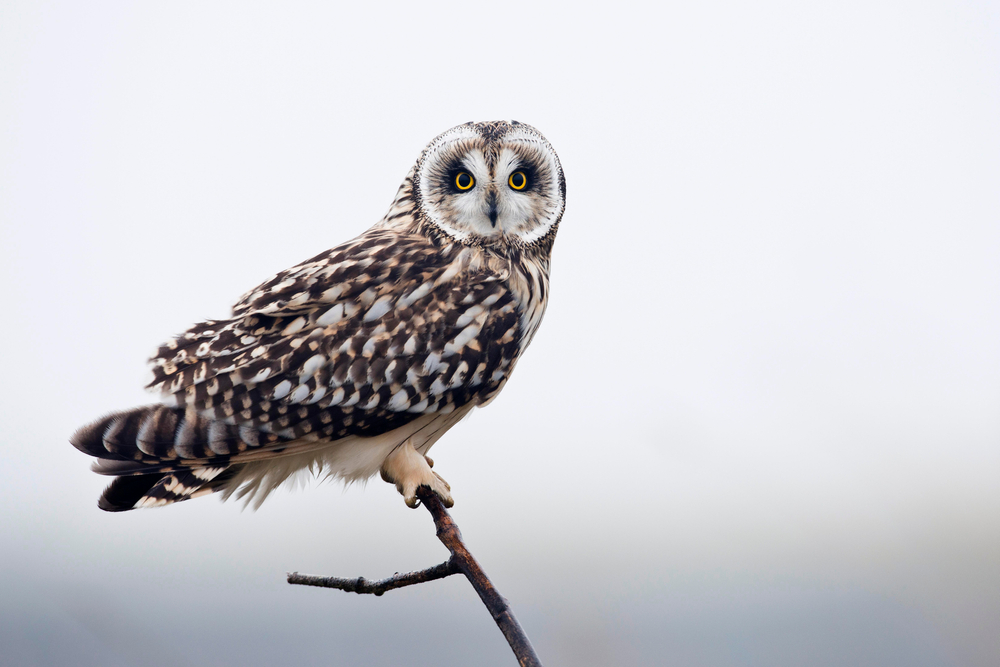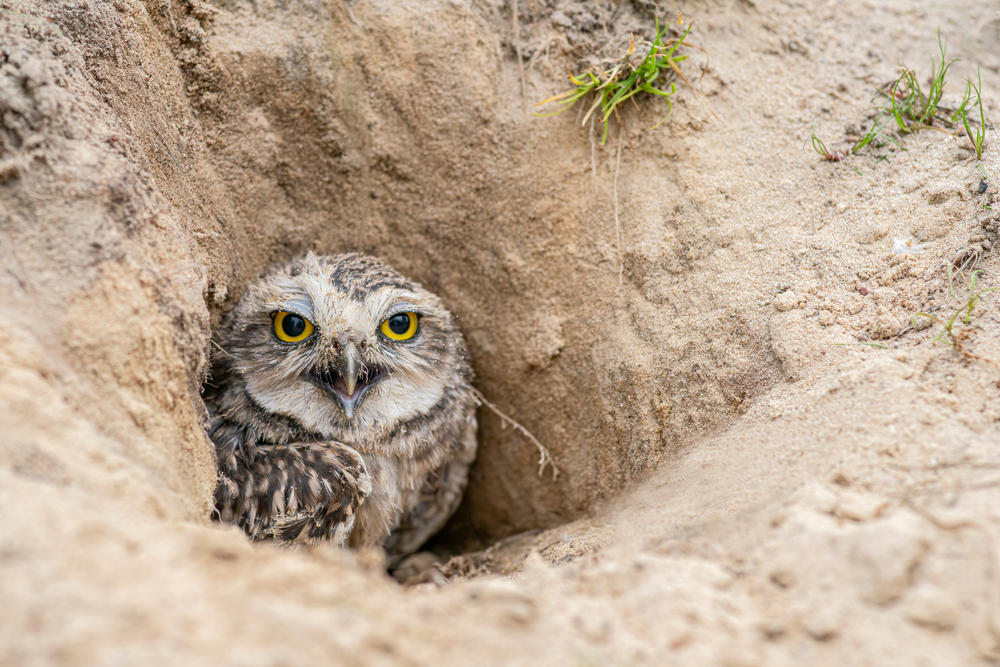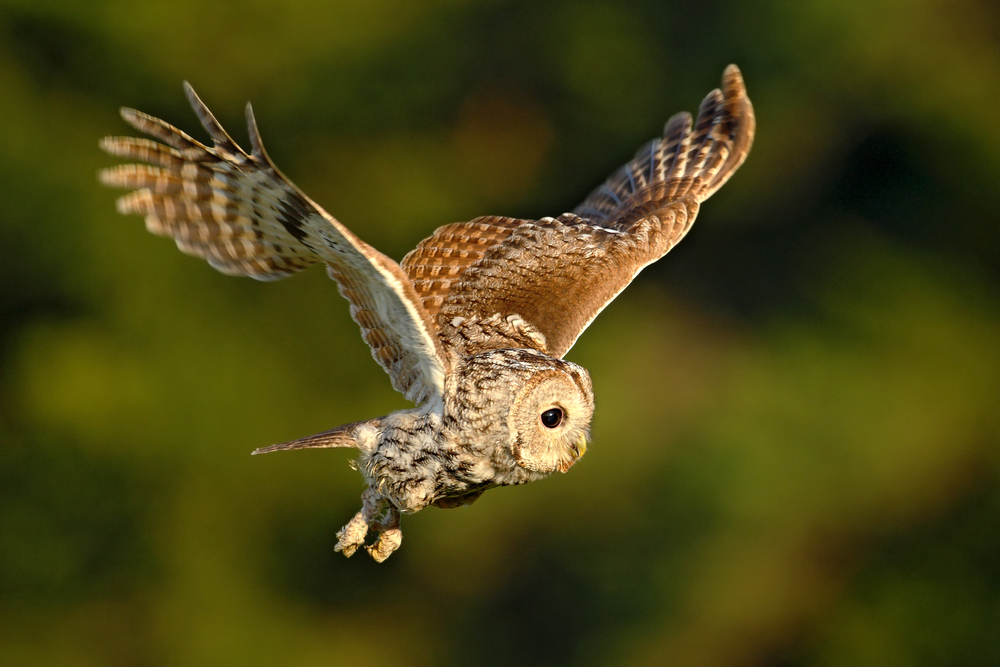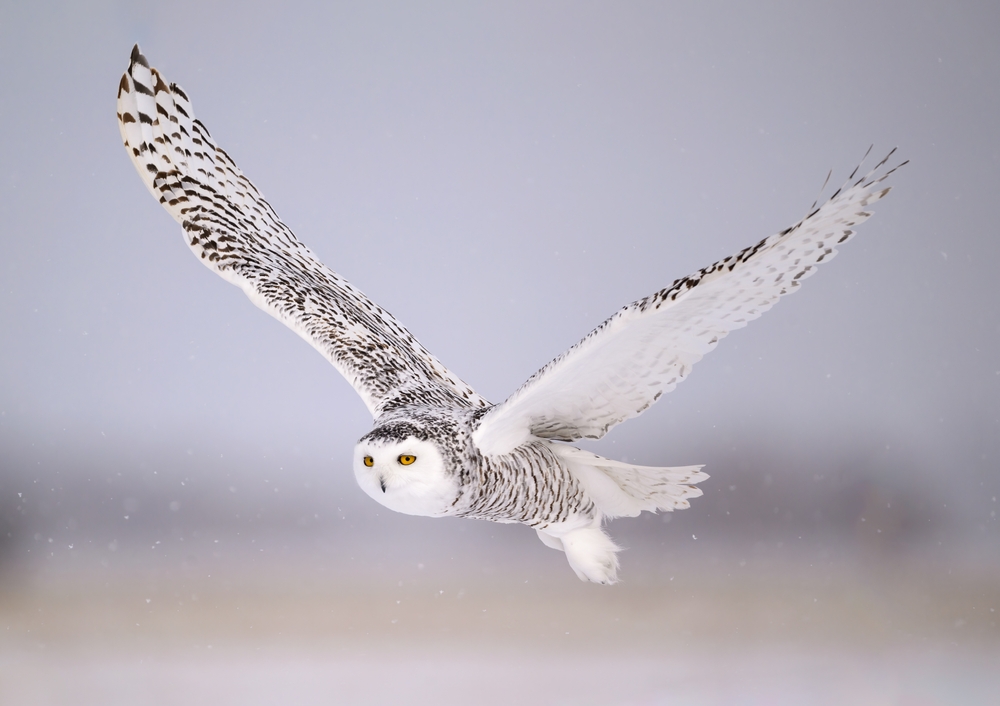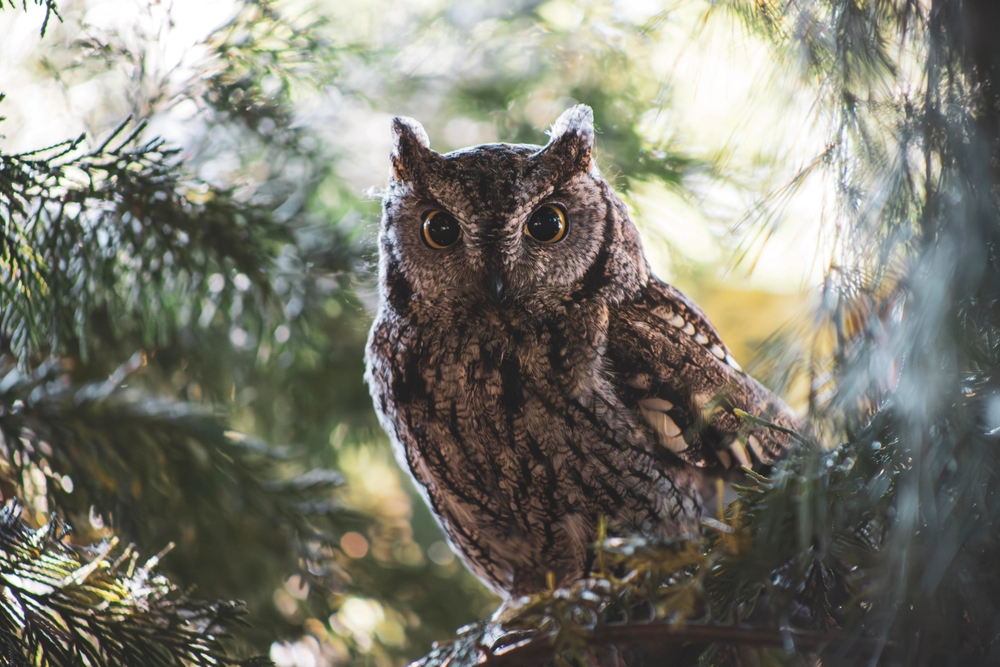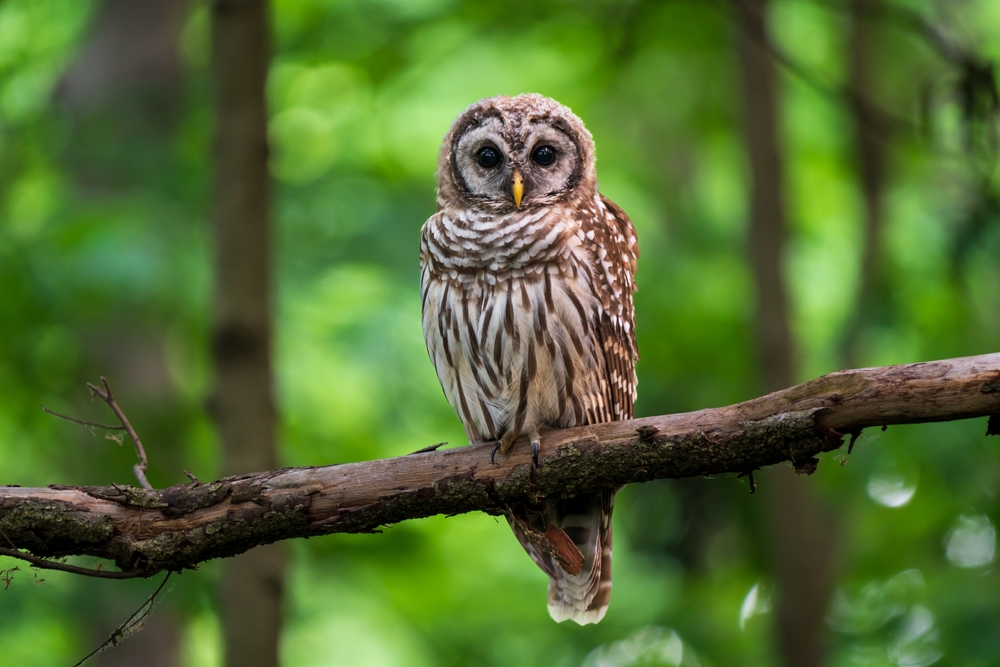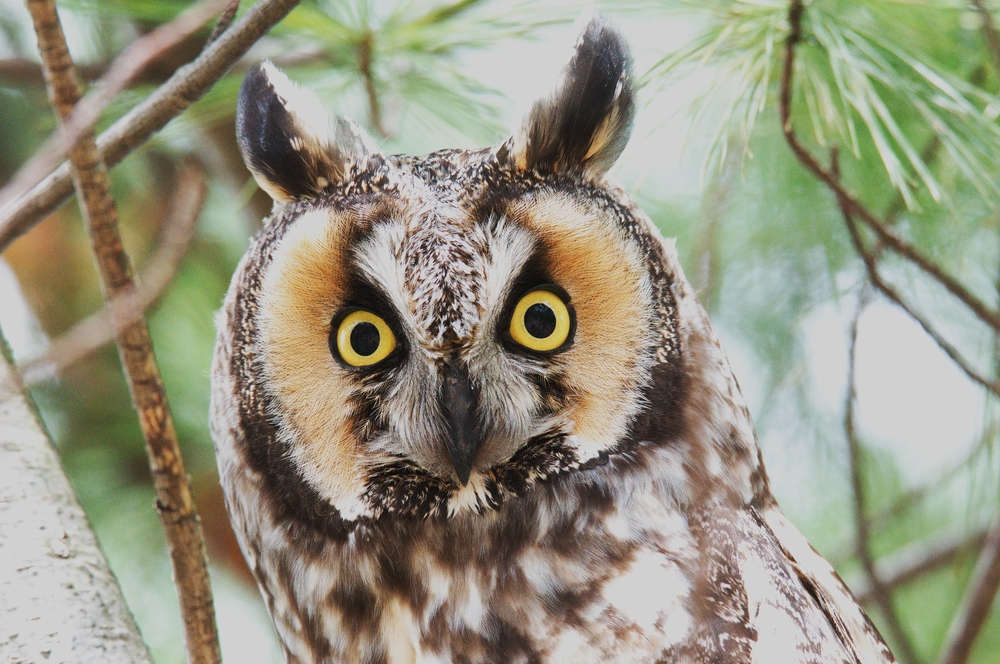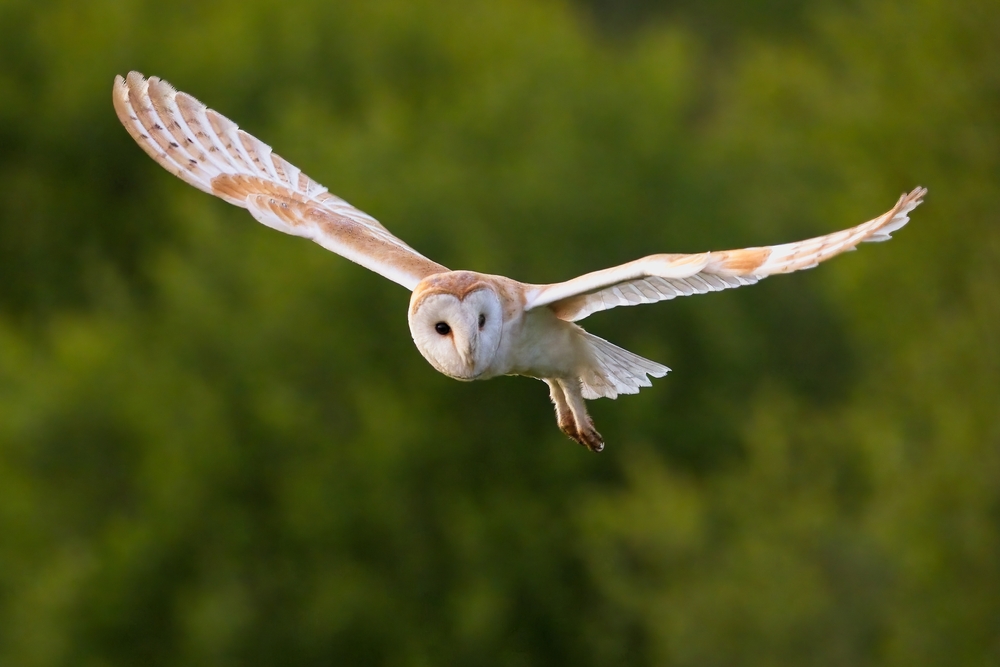The Eurasian Eagle-Owl (Bubo bubo) is in a class of its own among owls. Its immense size, strength, and adaptability make it stand apart from most other owl species in the world. Here’s how it compares across the key traits:
Size and Power
The Eurasian Eagle-Owl is one of the largest and heaviest owls on Earth, with females reaching up to 10 pounds and wingspans up to 6.6 feet.
-
In comparison, even large owls like the Great Horned Owl (Bubo virginianus) are smaller, both in weight and wingspan.
-
Small and medium owls like the Screech Owl, Saw-whet Owl, or Short-eared Owl are many times lighter and are no match in physical power.
✅ Unique Strength: The Eurasian Eagle-Owl is capable of taking down larger prey, including other raptors—something very few owls can do.
Diet and Predation
Most owls primarily hunt small mammals and insects.
-
The Eurasian Eagle-Owl’s diet includes foxes, hedgehogs, large birds, reptiles, and even other owls.
-
Few owls, other than large eagle-owls or the Blakiston’s Fish Owl, come close to matching its apex predator role.
✅ Predator Supreme: It occupies a top spot in the food chain, which is rare for owls.
Habitat and Range
The Eurasian Eagle-Owl thrives in rugged, remote environments like cliff faces, rocky outcrops, forests, and deserts, across Europe, Asia, and North Africa.
-
While some owls (like the Tawny Owl) are forest specialists, and others (like the Barn Owl) prefer open fields, the Eurasian Eagle-Owl is highly adaptable, even surviving near human settlements.
✅ Ecological Flexibility: It uses larger, wilder territories than most owls and can survive in a broader range of habitats.
Vocalization
Its call is a deep, booming hoot that can travel across great distances—used to mark territory and attract mates.
-
In contrast, smaller owls tend to produce higher-pitched or less powerful calls.
-
The Great Horned Owl’s voice is also deep but not as far-reaching or resonant.
✅ Vocal Power: Its hoot is among the most powerful and recognizable in the owl world.
Nesting Behavior
Most owls use tree cavities or abandoned nests, but the Eurasian Eagle-Owl prefers open cliff ledges, caves, or the ground, nesting in remote and rugged locations.
-
It does not build its own nest, similar to other large owls, but its choice of secluded, elevated sites provides additional safety.
✅ Strategic Nester: Chooses inaccessible, protective nesting areas few predators can reach.
Lifespan and Survivability
In the wild, Eurasian Eagle-Owls can live 20+ years, and up to 60 years in captivity—far longer than most owl species.
-
Many smaller owls live only 4–8 years in the wild, with high juvenile mortality.
✅ Longevity Champion: Few owls can match its lifespan and survivorship in stable territories.
Behavior and Territoriality
Eurasian Eagle-Owls are highly territorial and mate for life, returning to the same breeding territory year after year.
-
While many owls are territorial, their year-round defense of large hunting areas—often up to 50 square kilometers—is notable.
How It Stands Apart
-
Compared to Great Horned Owl: Similar in look and behavior, but the Eurasian Eagle-Owl is larger, stronger, and more visually dramatic.
-
Compared to Barn Owl: The Barn Owl is specialized for small prey and open spaces, whereas the Eurasian Eagle-Owl is a generalist top predator.
-
Compared to Screech or Tawny Owls: These are forest-dwelling, smaller species, easily preyed upon by an Eagle-Owl if territories overlap.
In Summary:
The Eurasian Eagle-Owl is to owls what the lion is to cats—a dominant, far-reaching, and awe-inspiring predator.
It surpasses most owls in size, strength, lifespan, vocal power, and hunting capability. While other owls are specialized for niches, the Eurasian Eagle-Owl rules from the cliffs, taking what it needs, feared by many, and matched by few.




